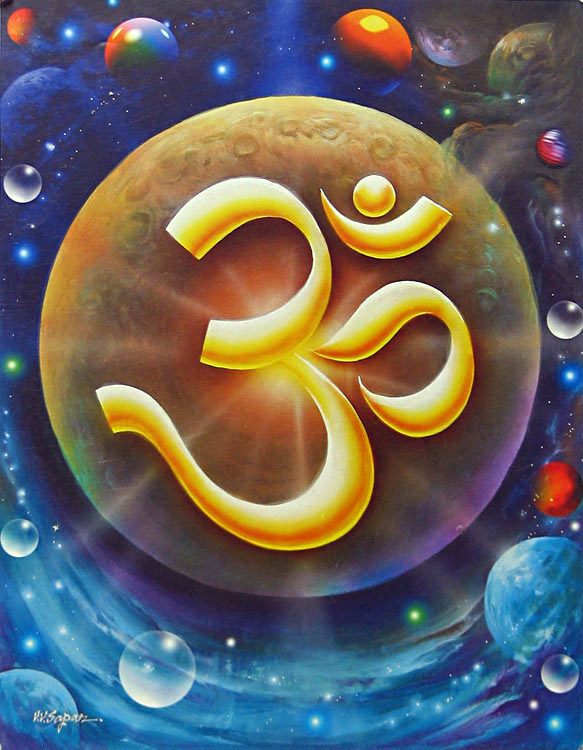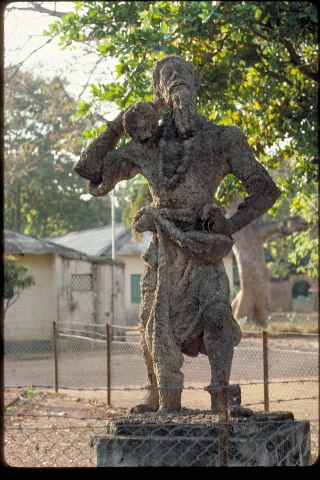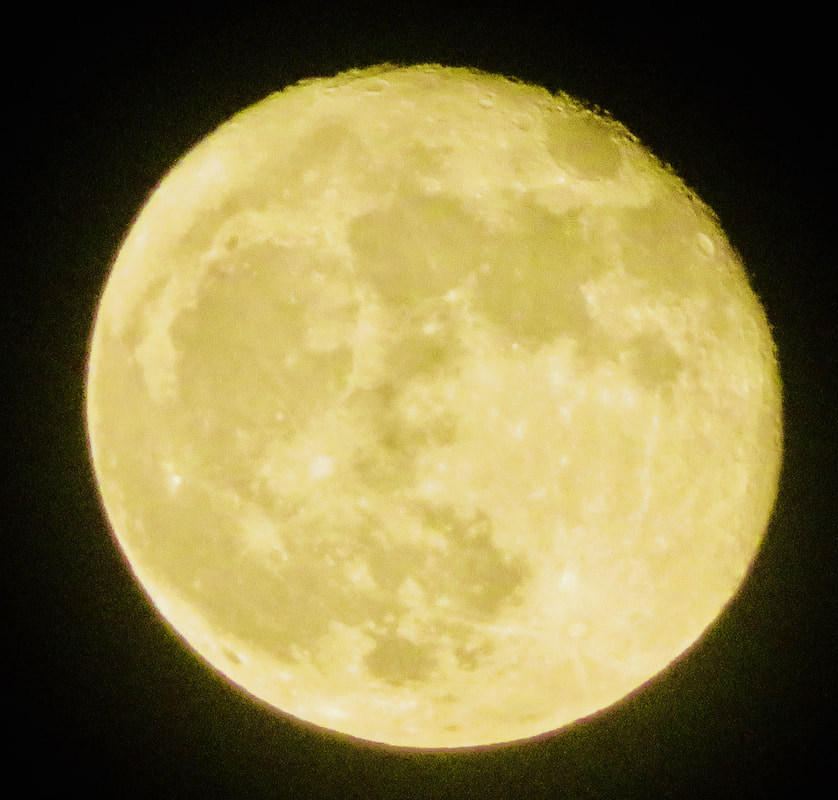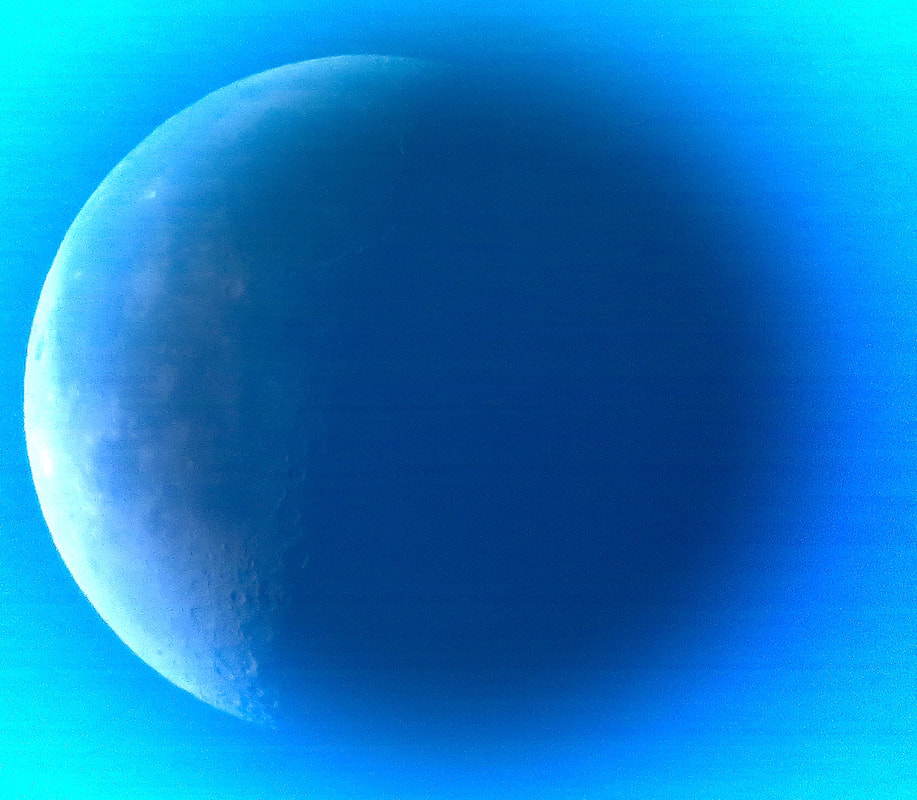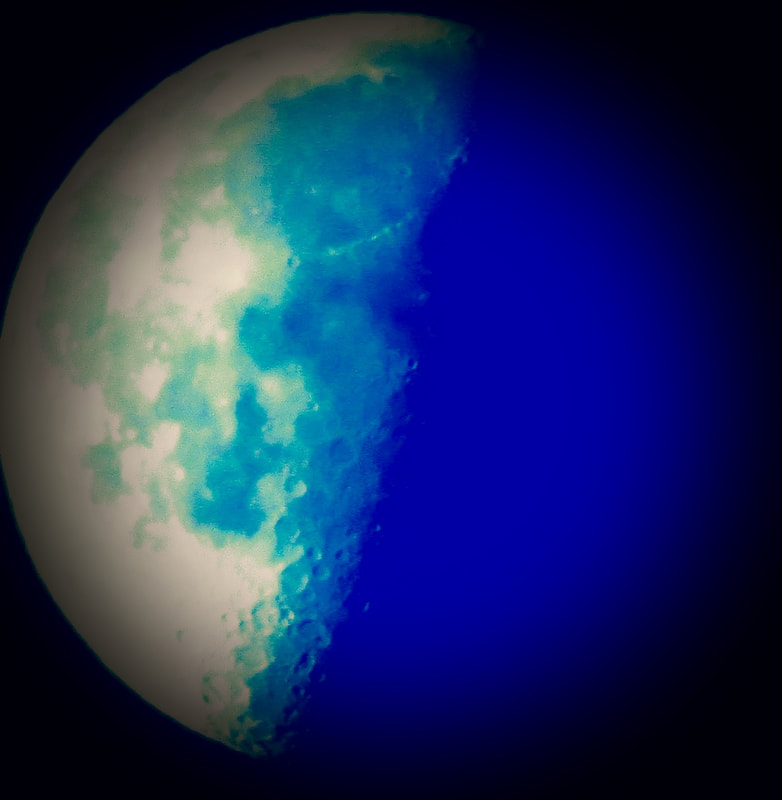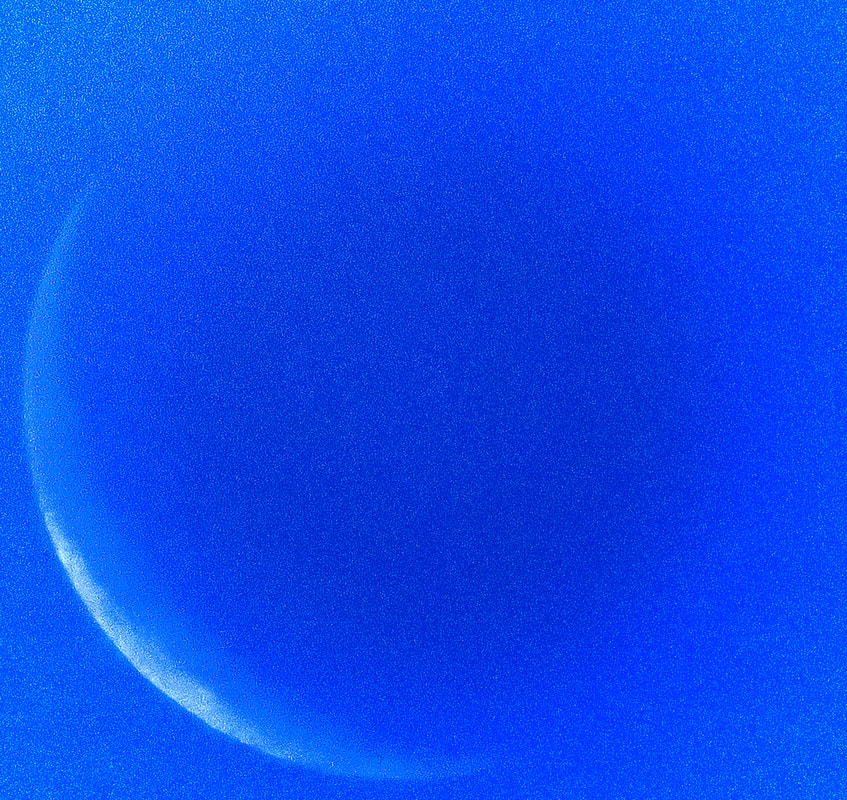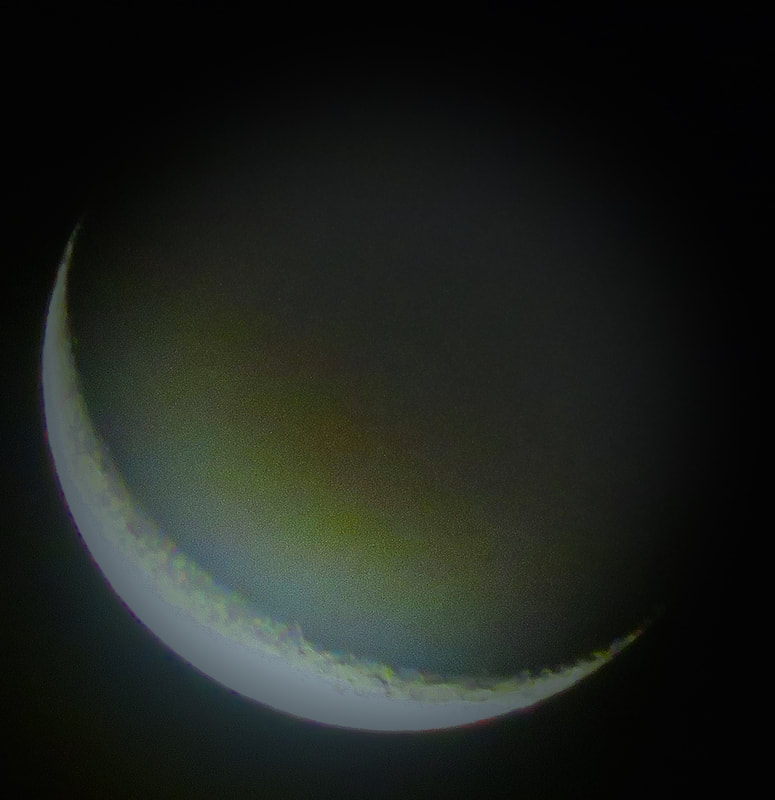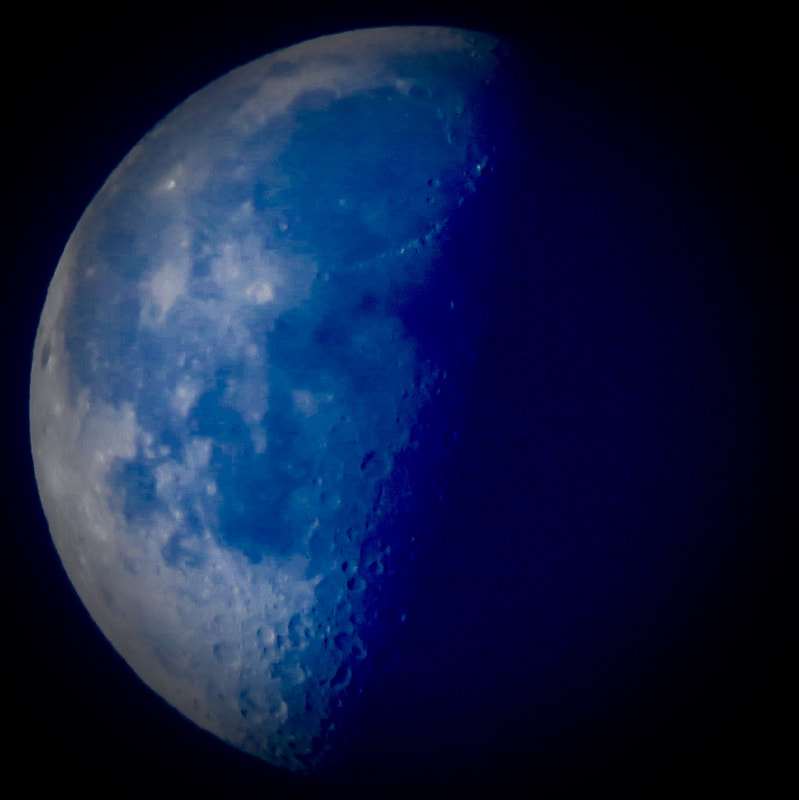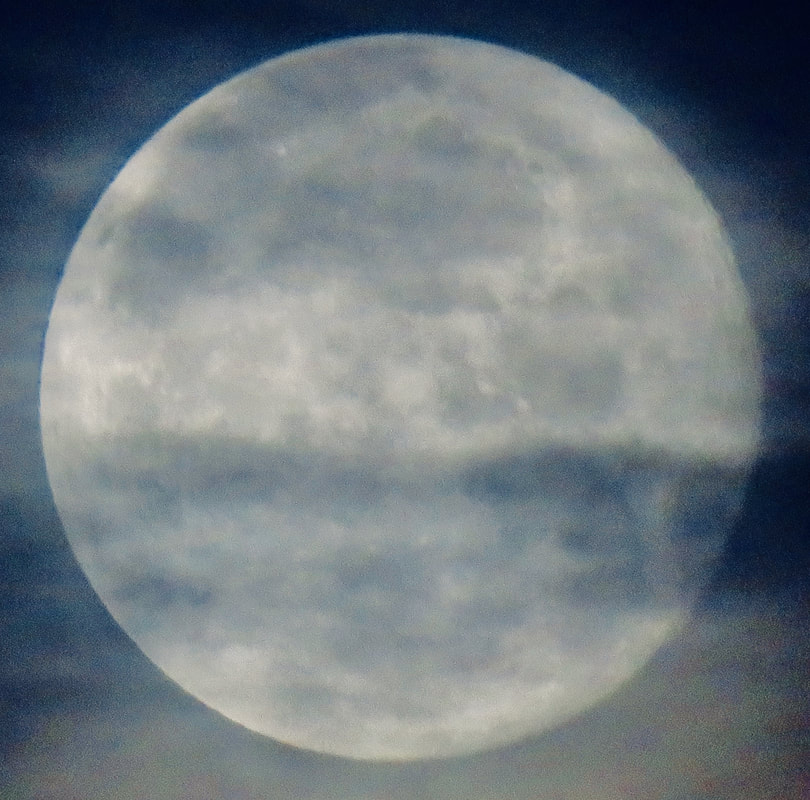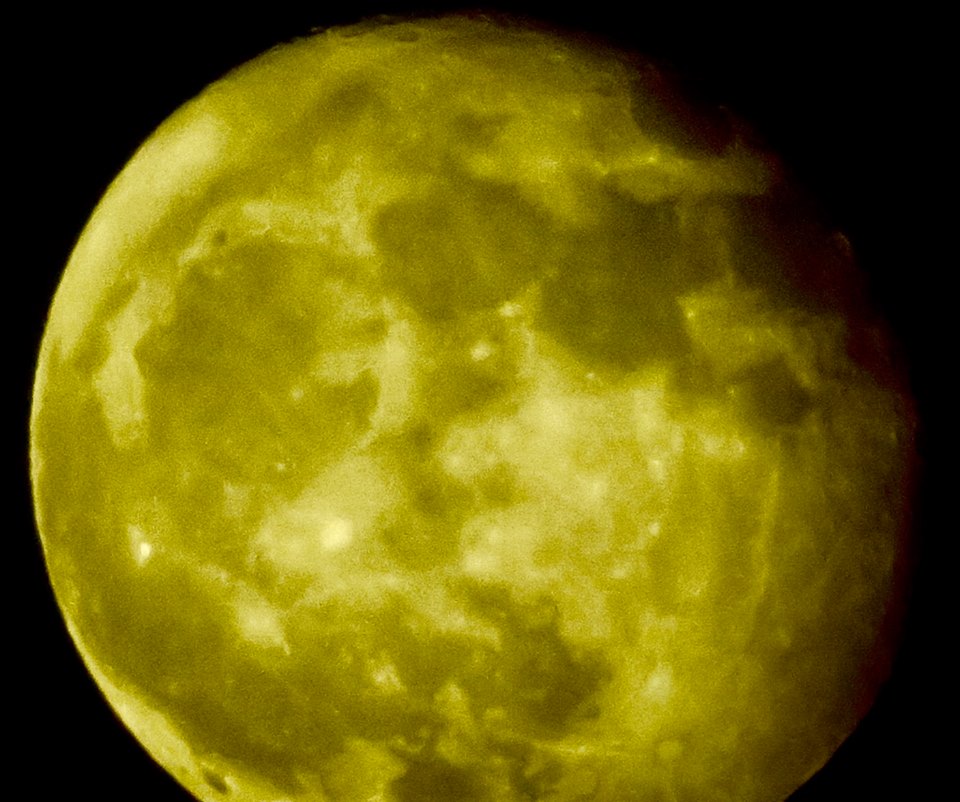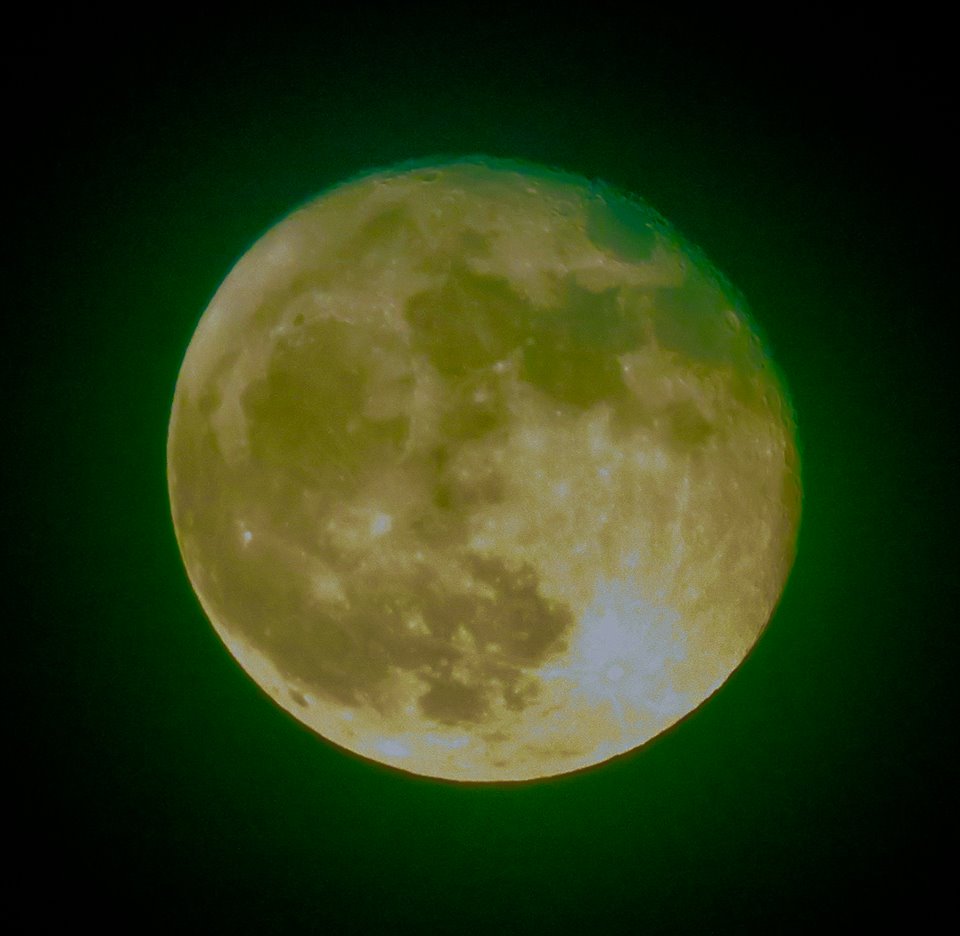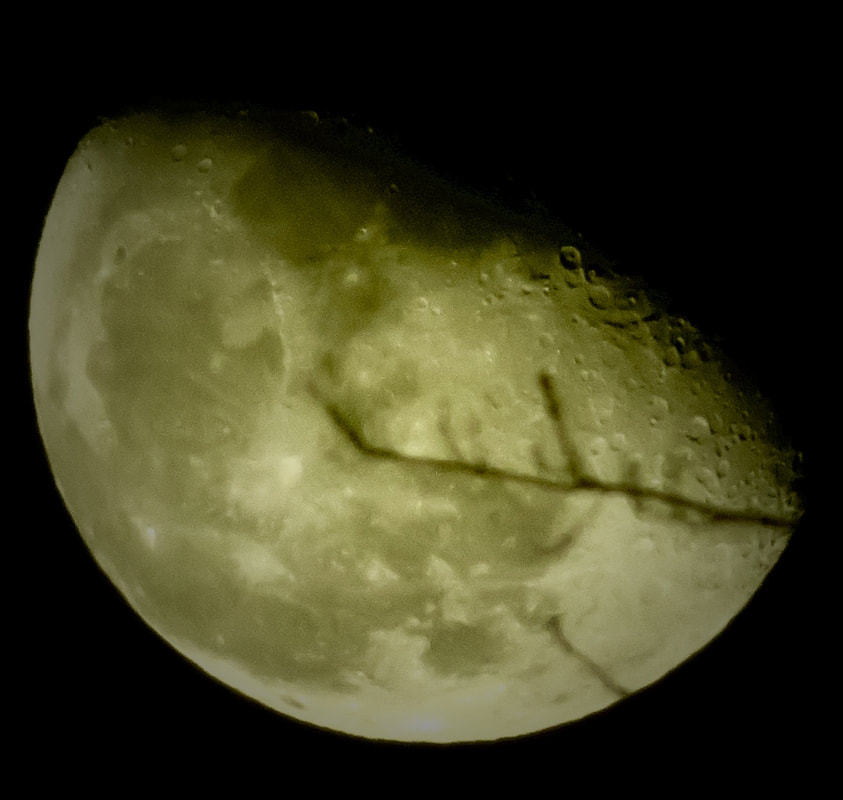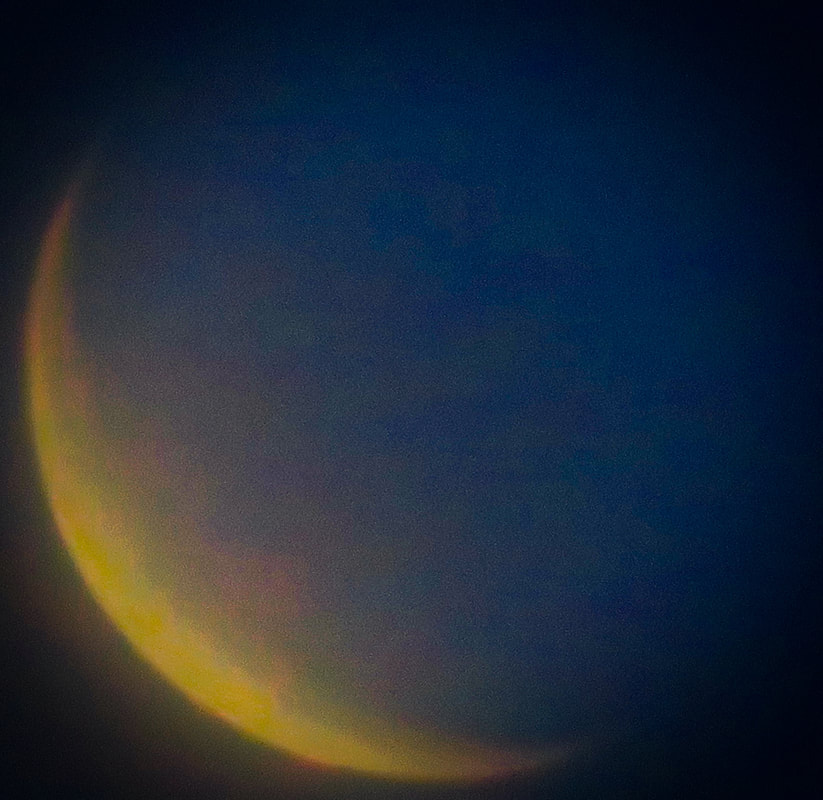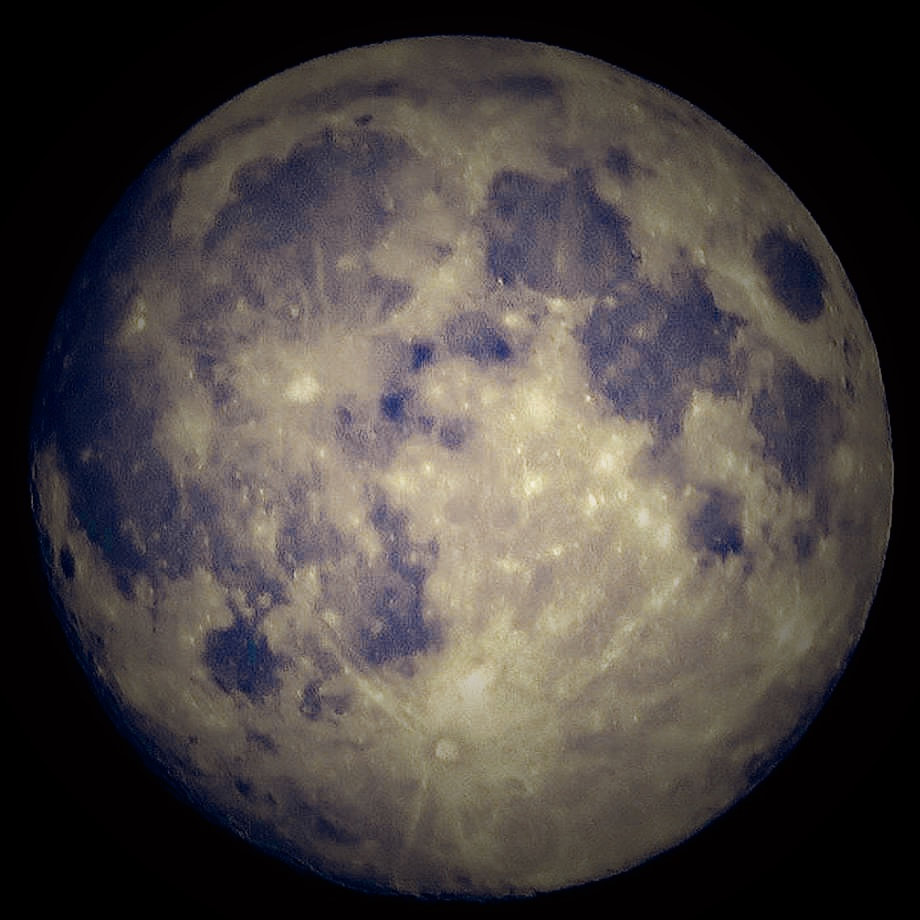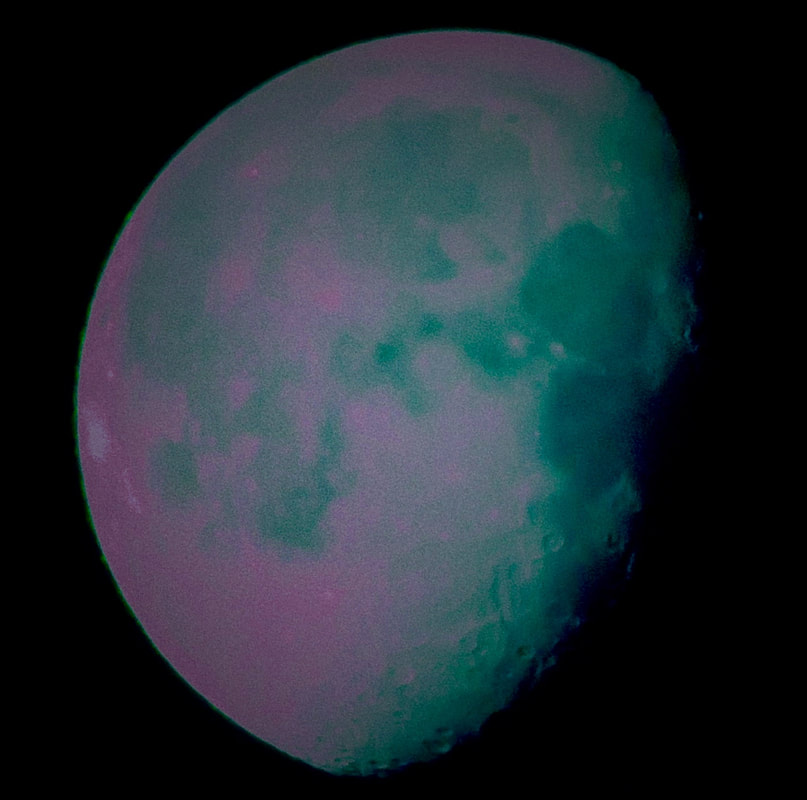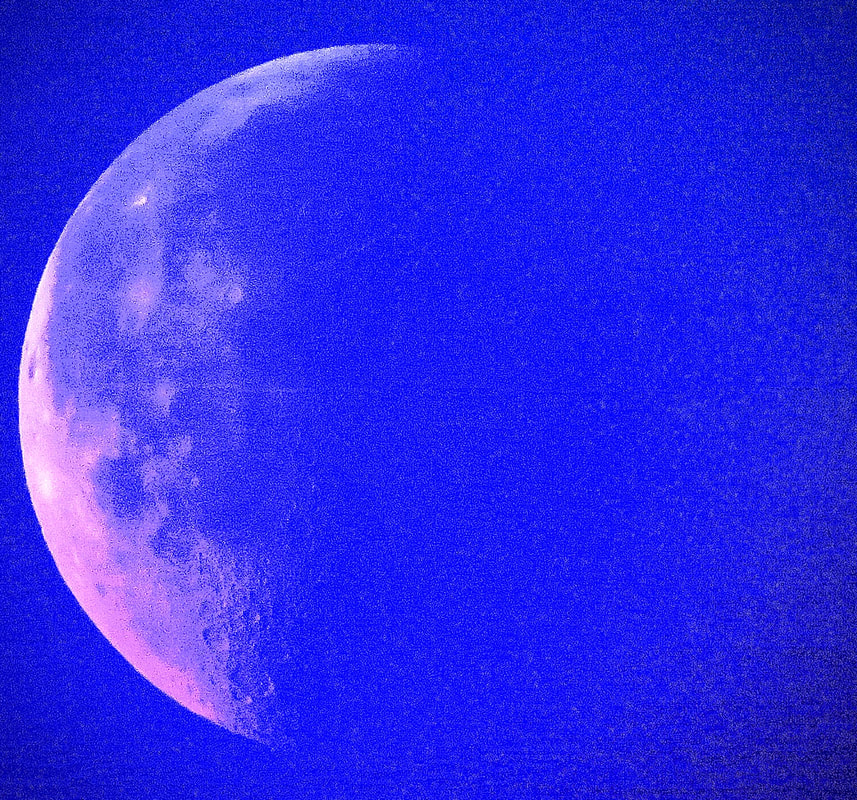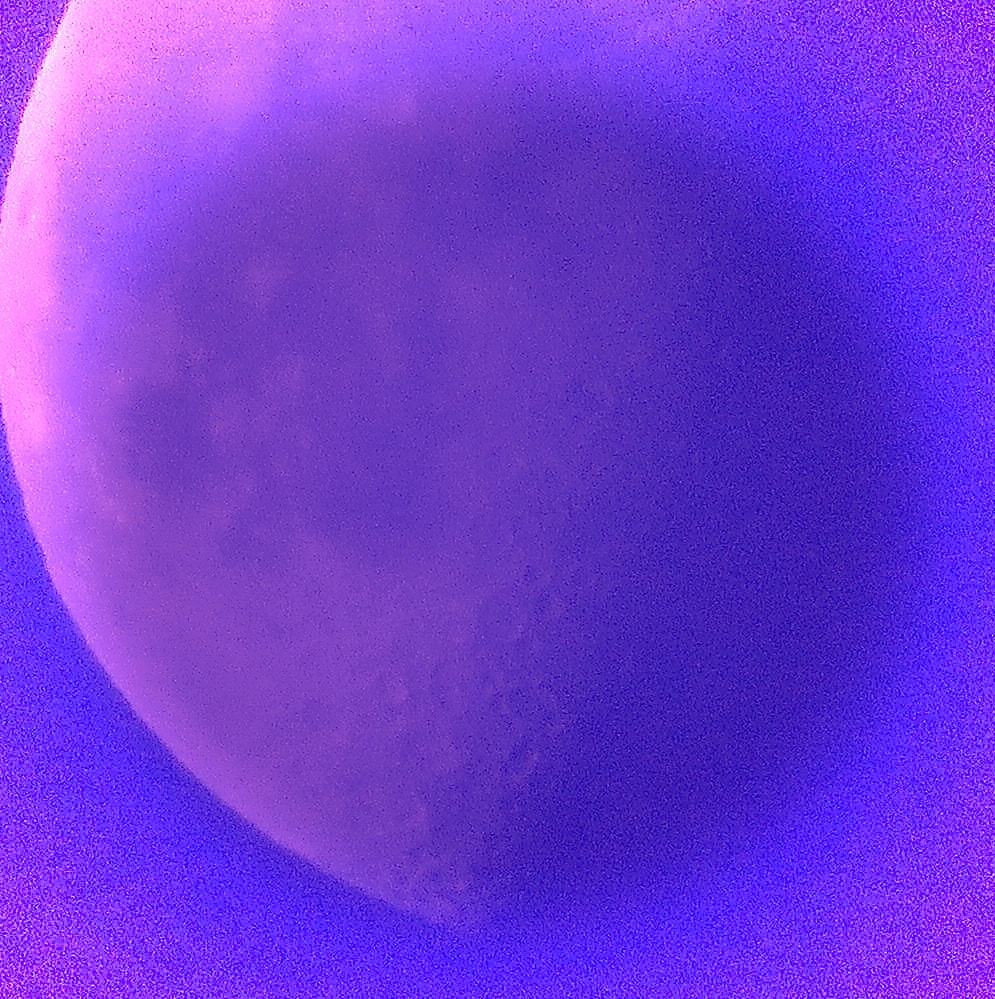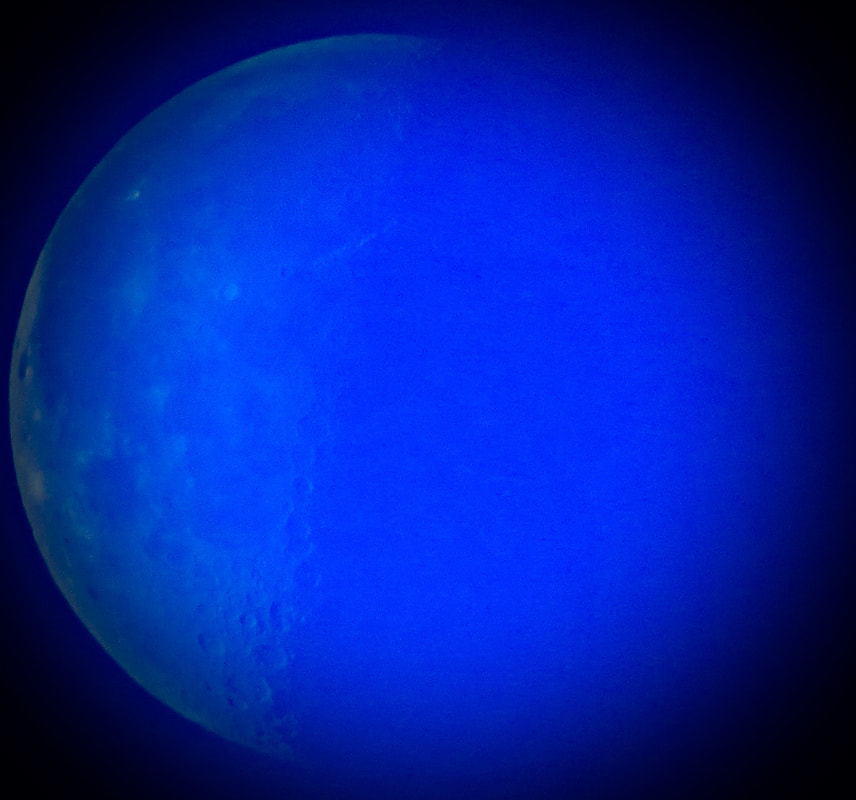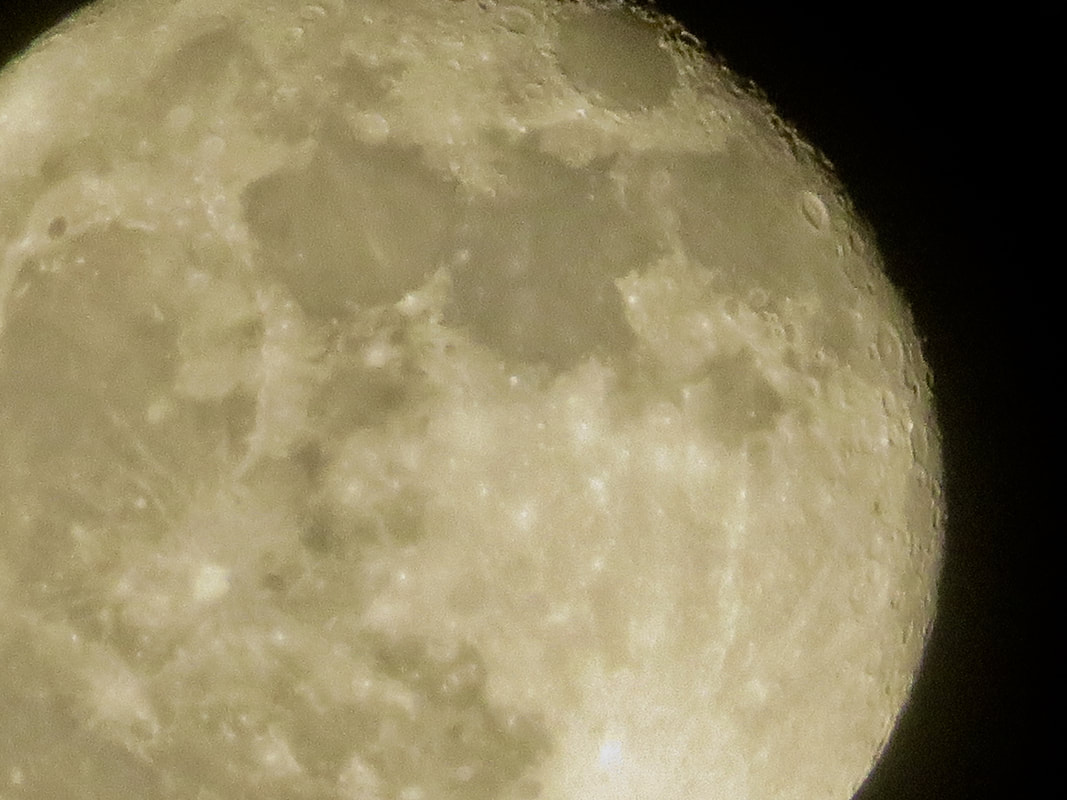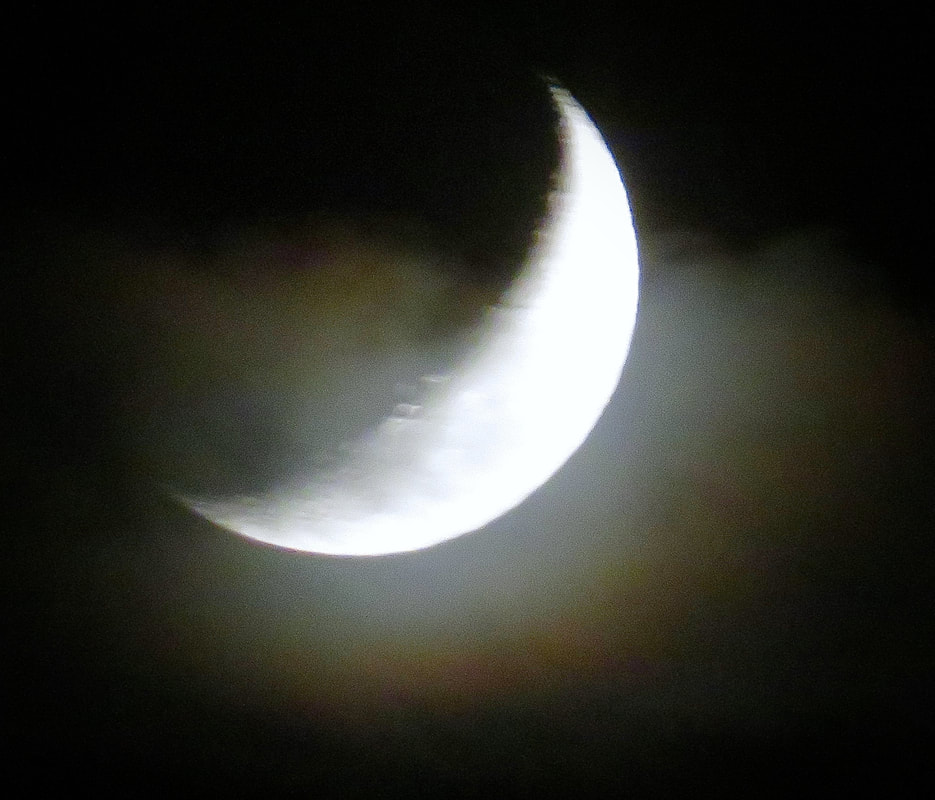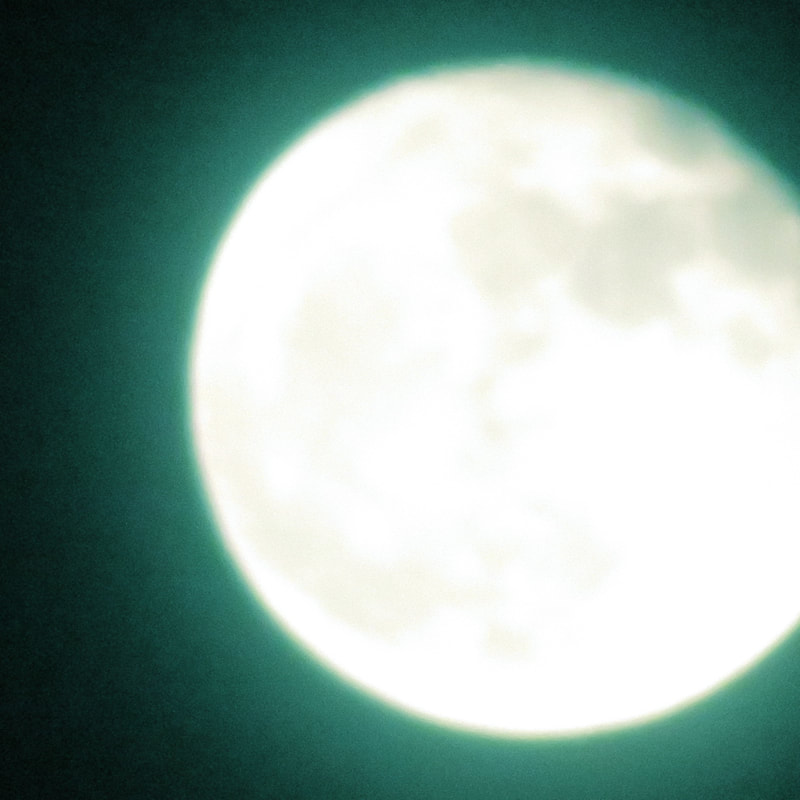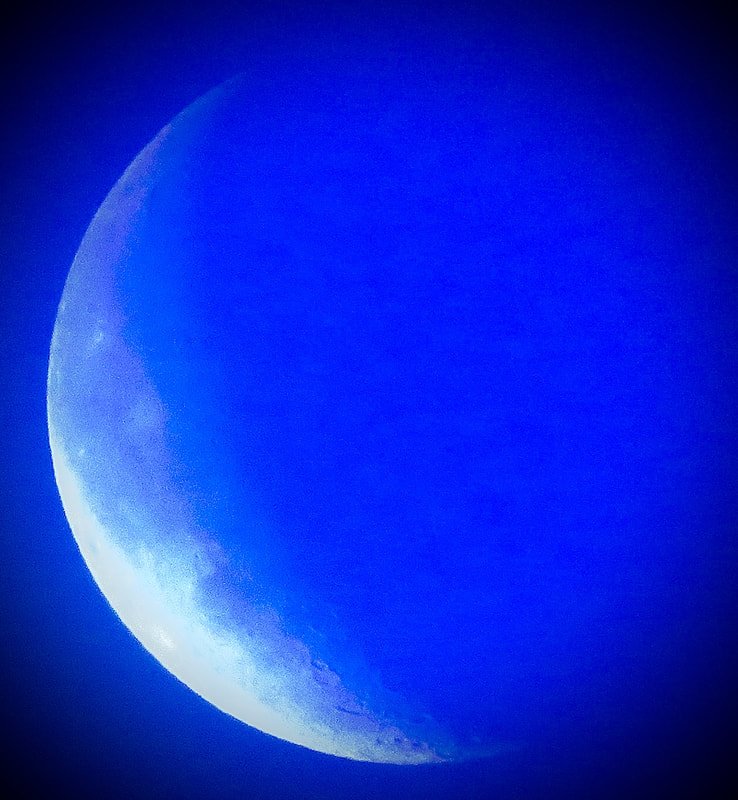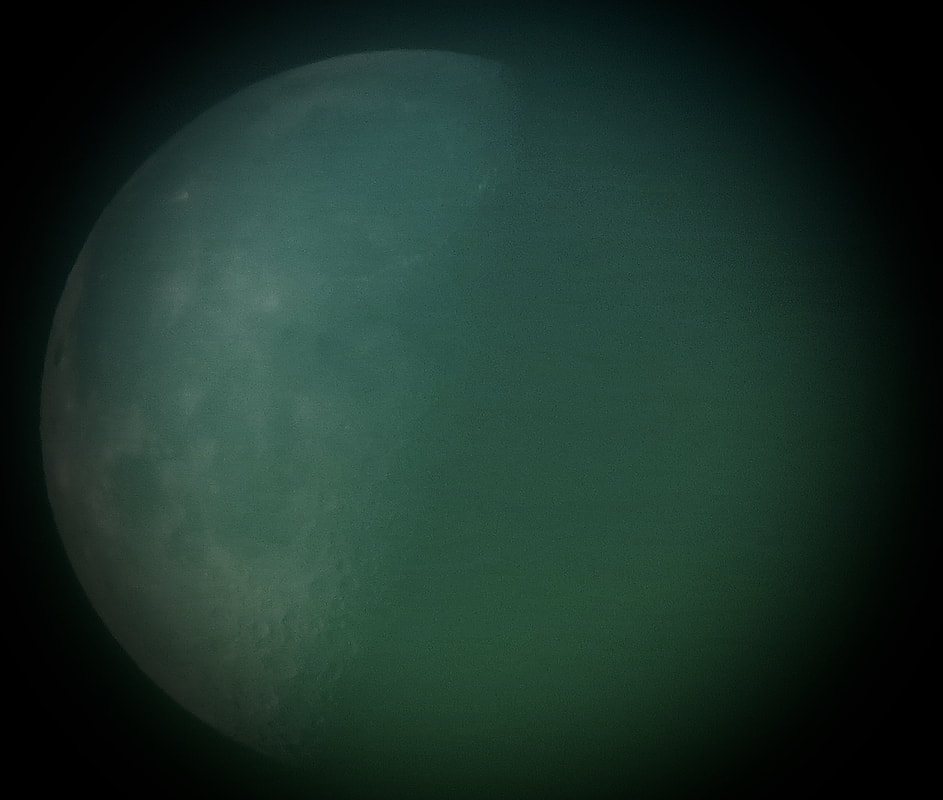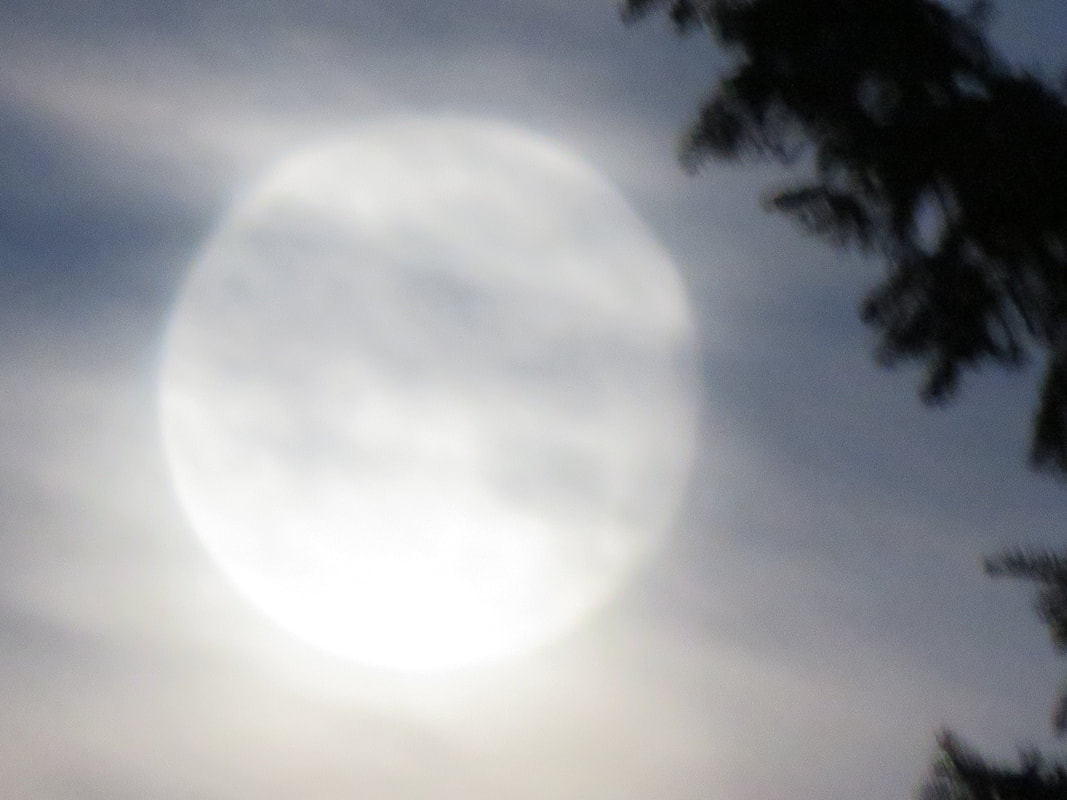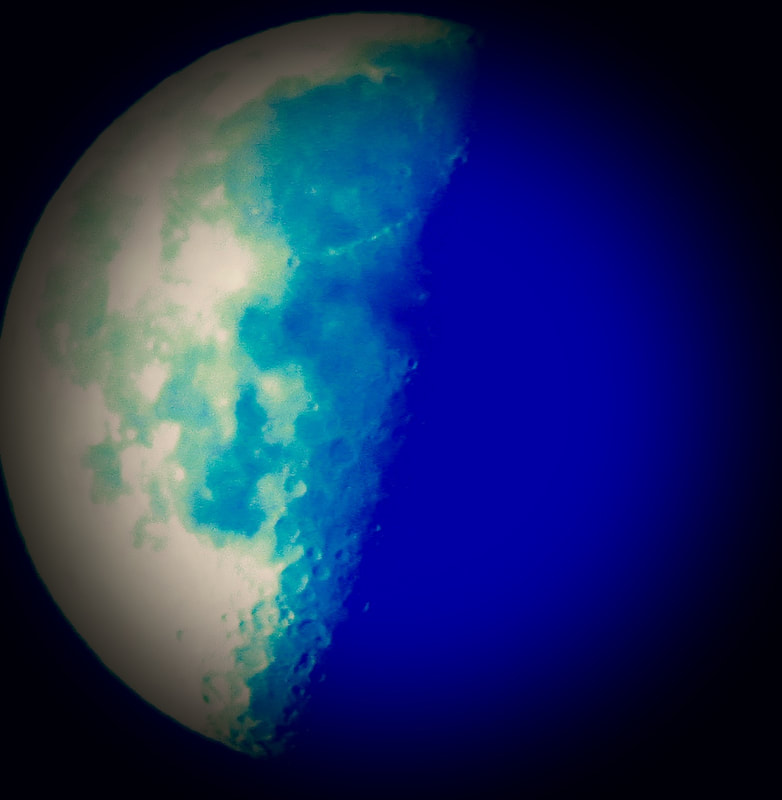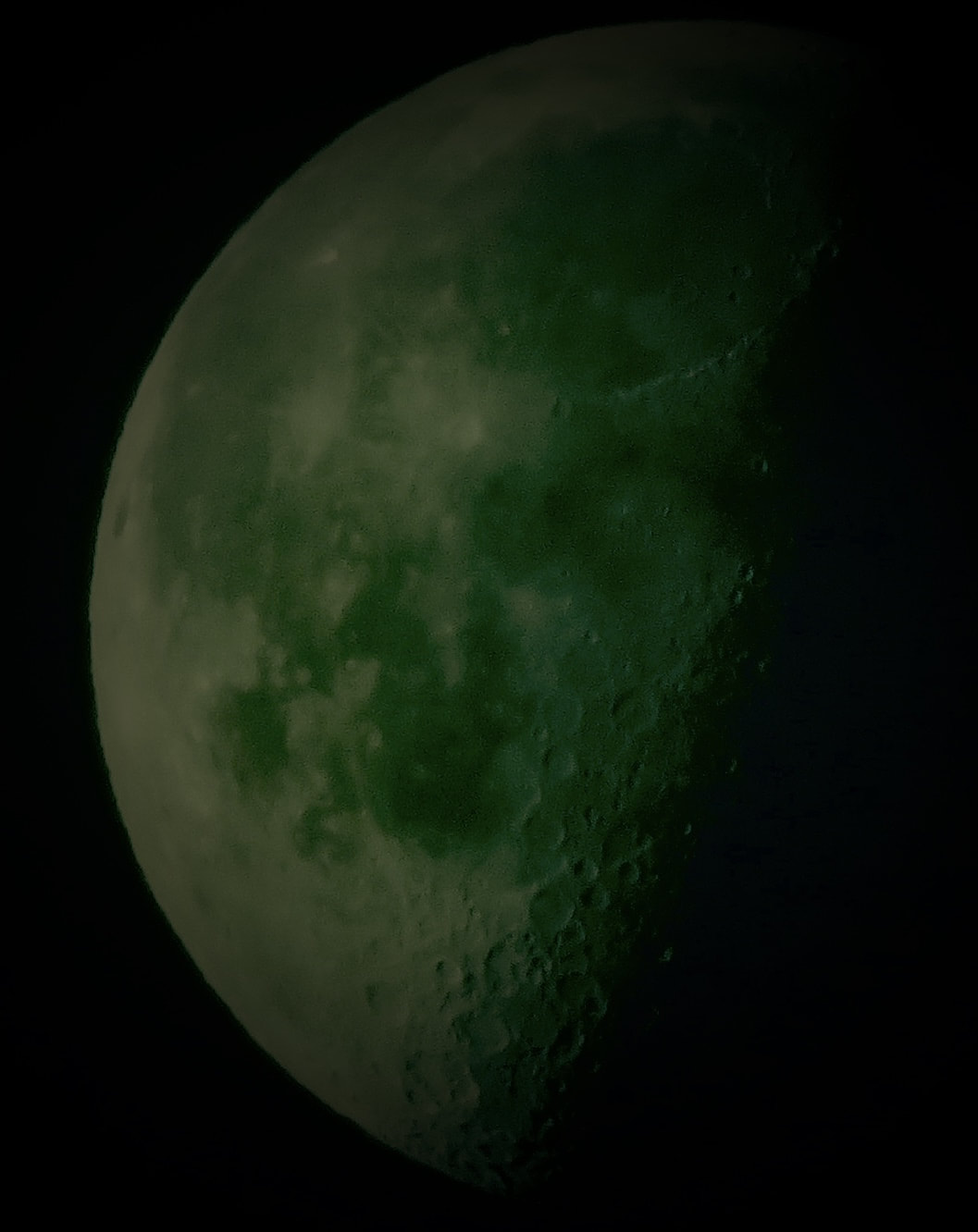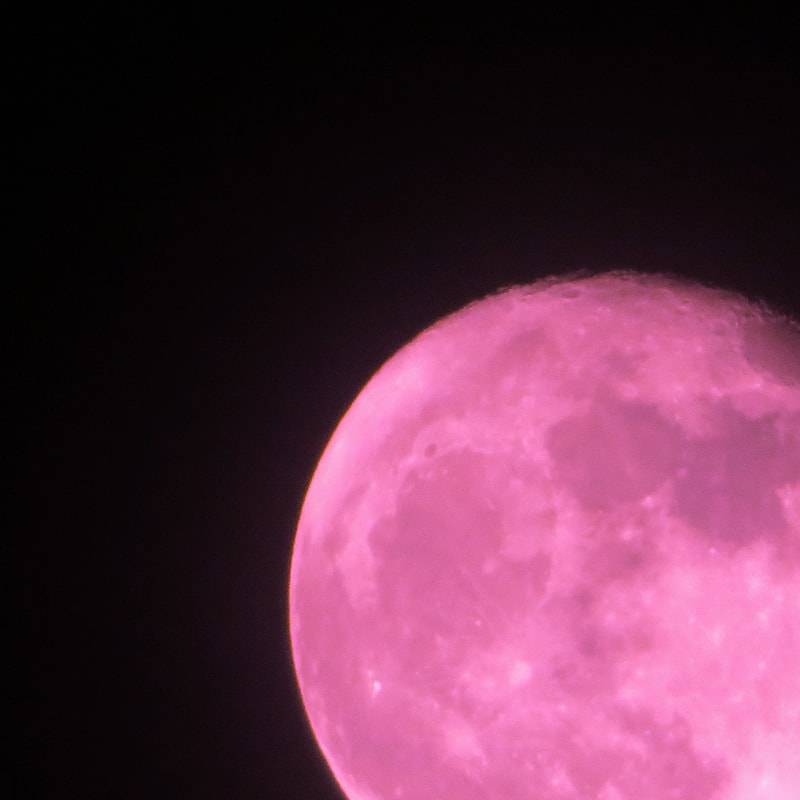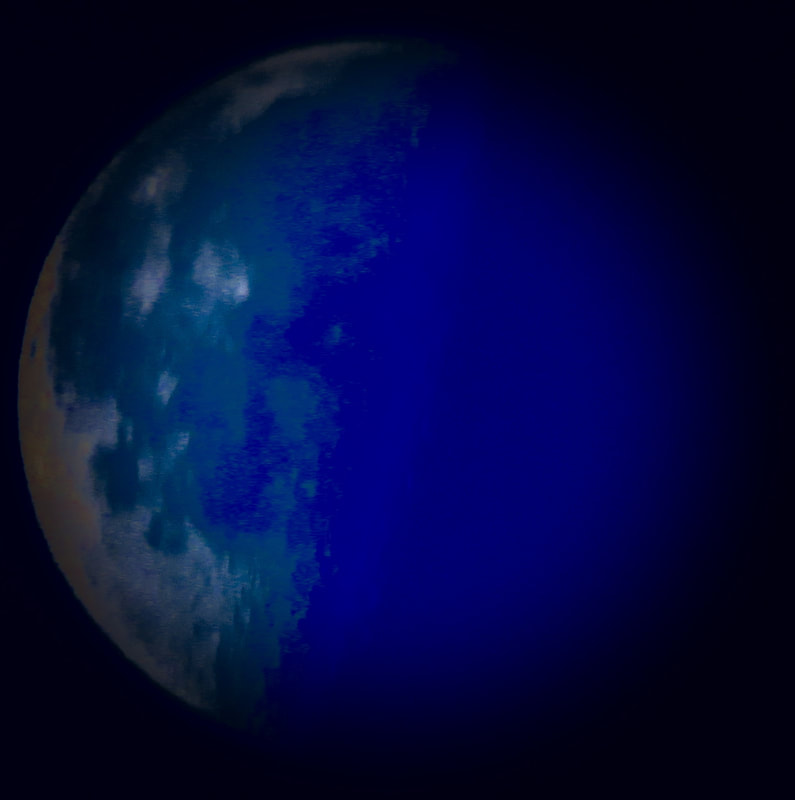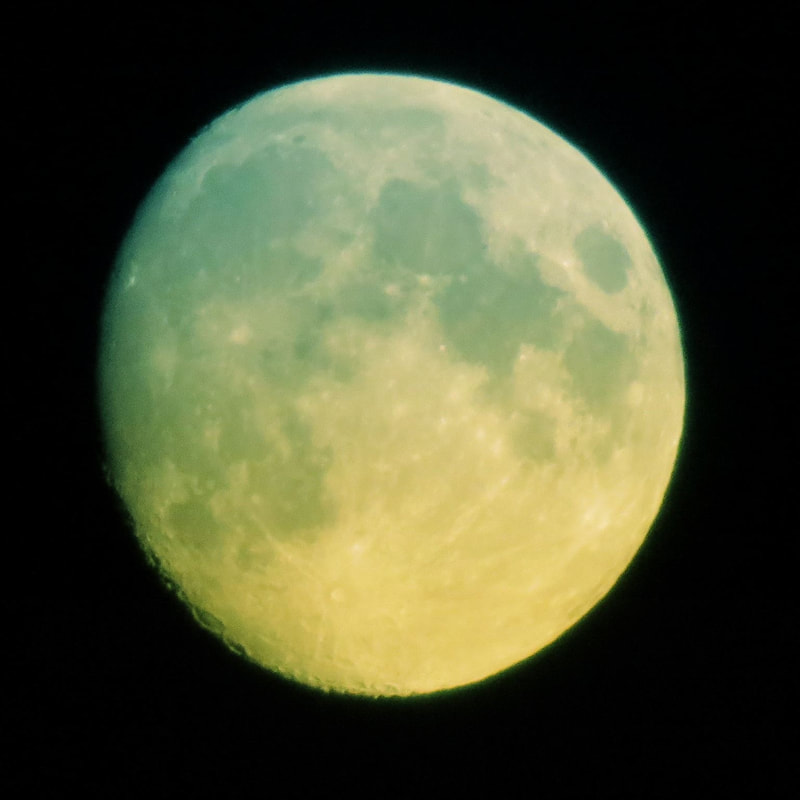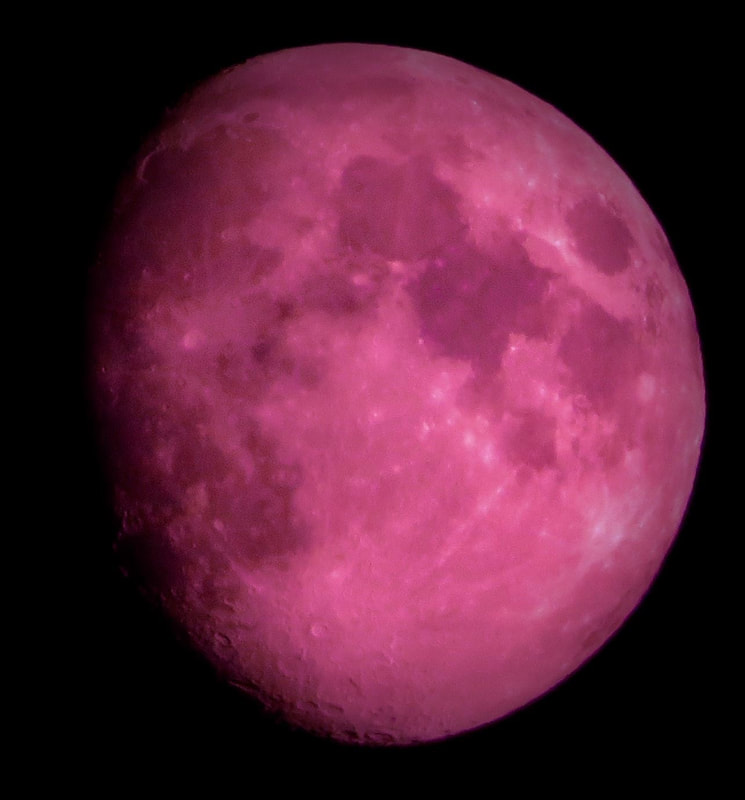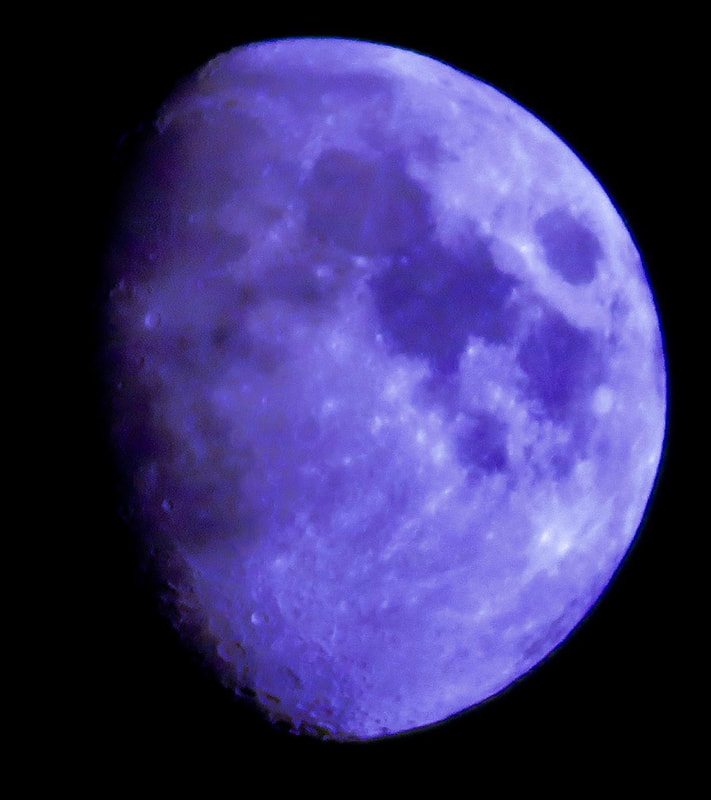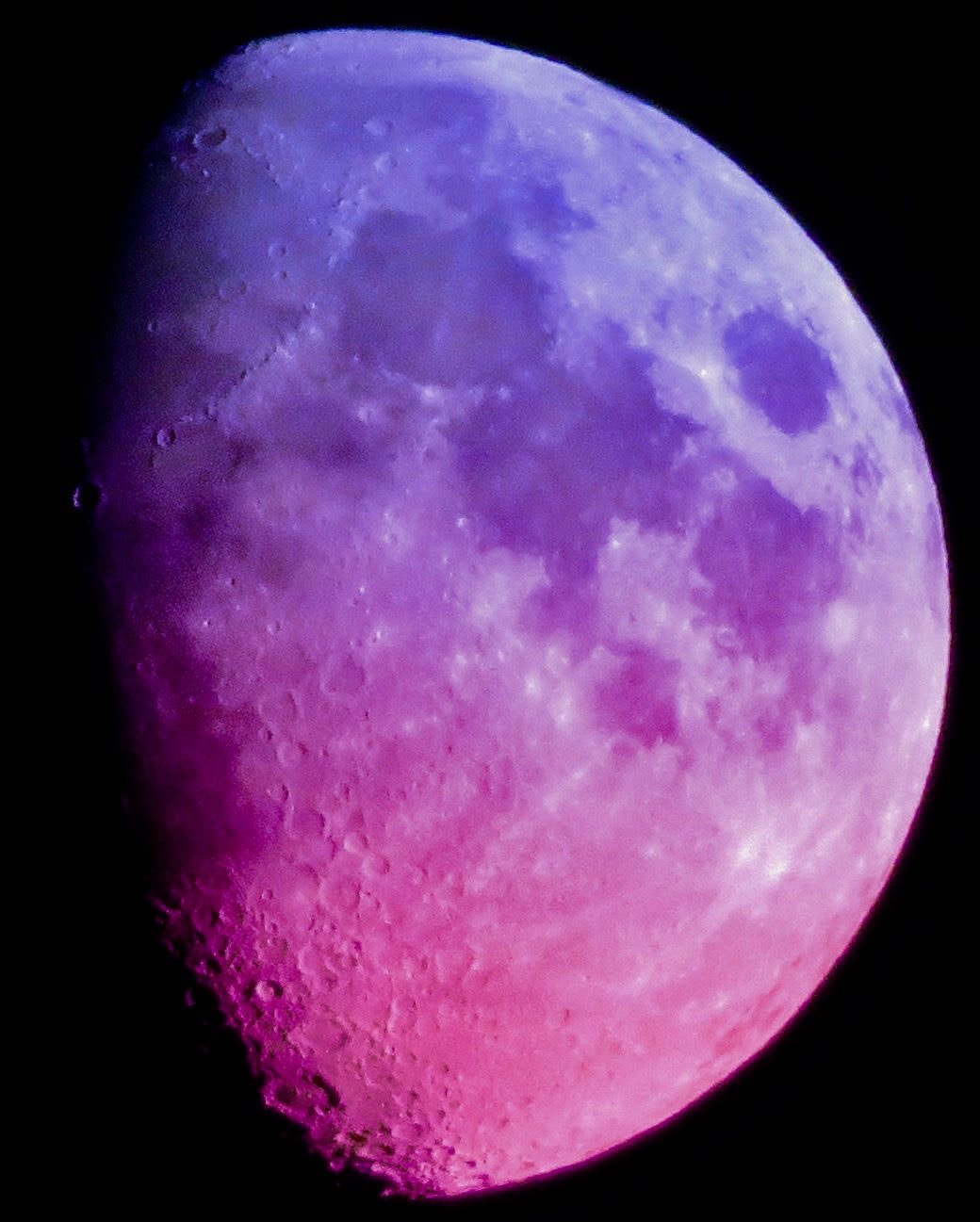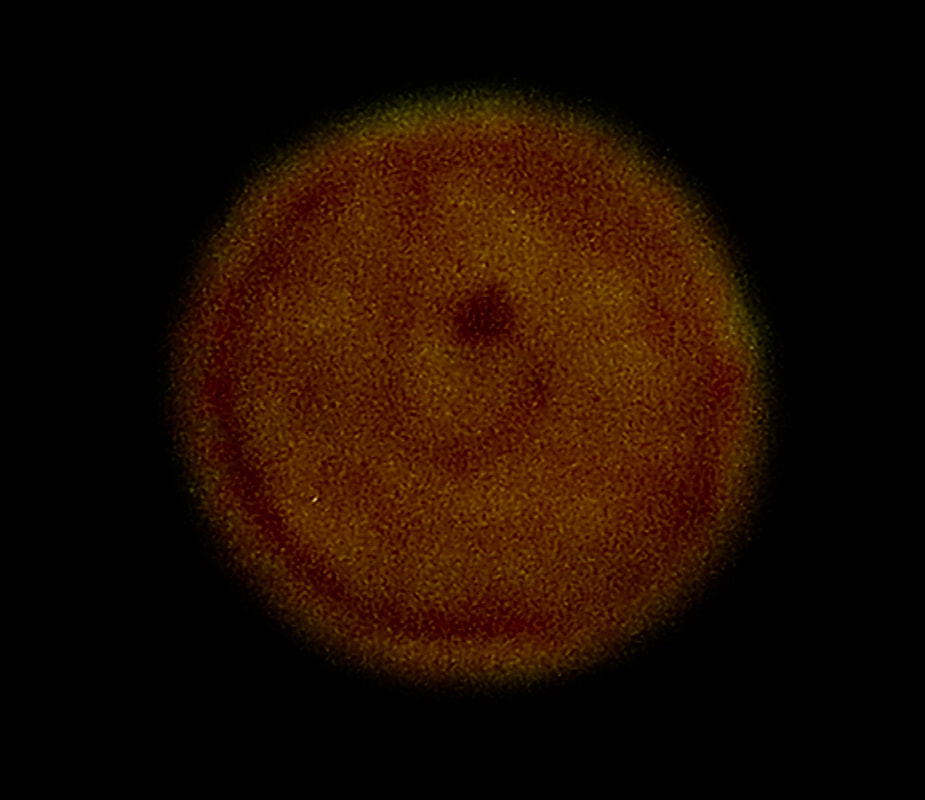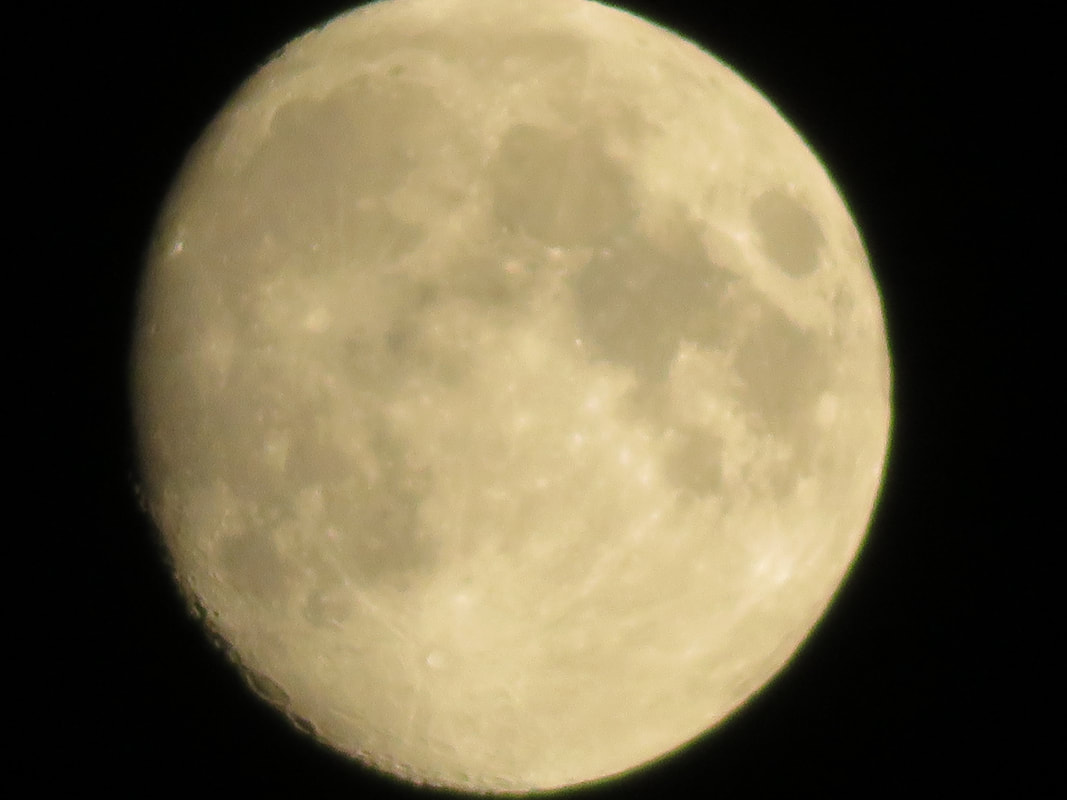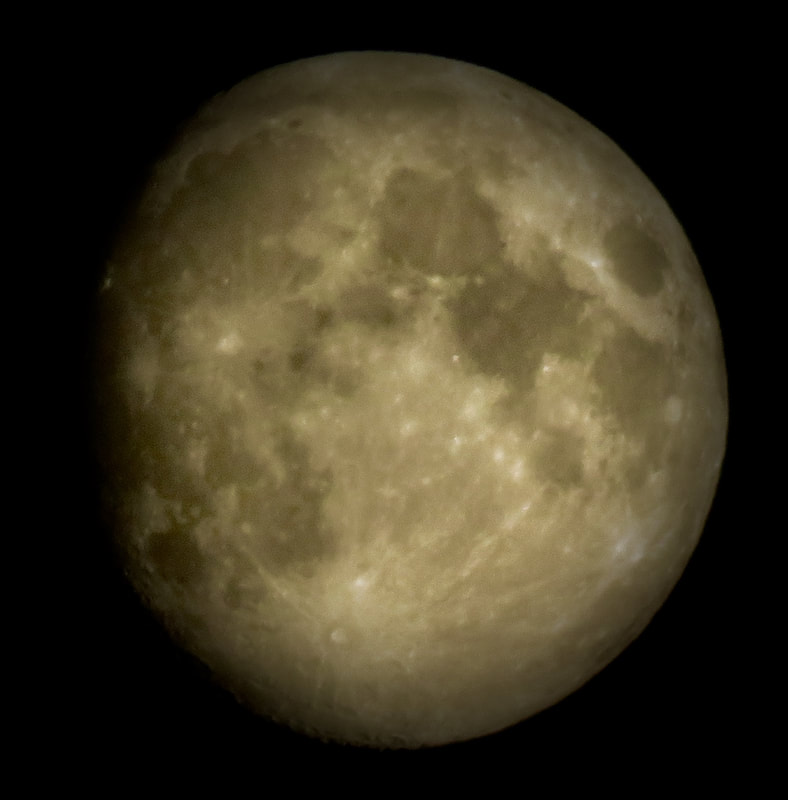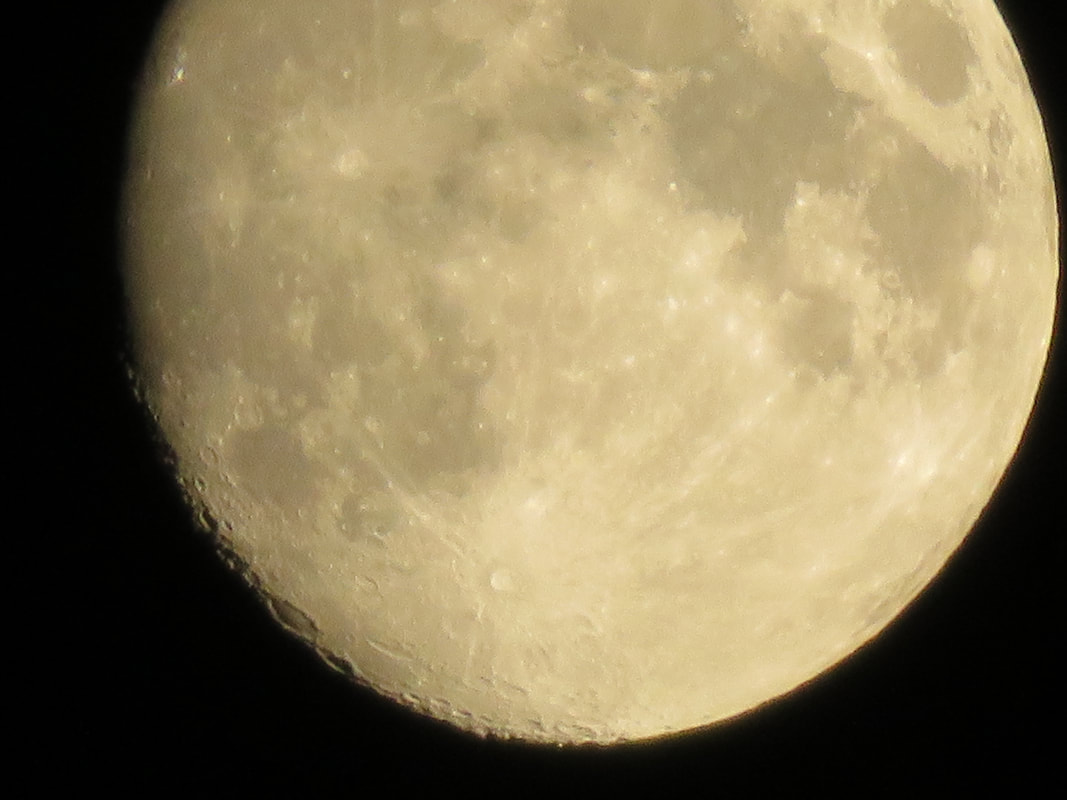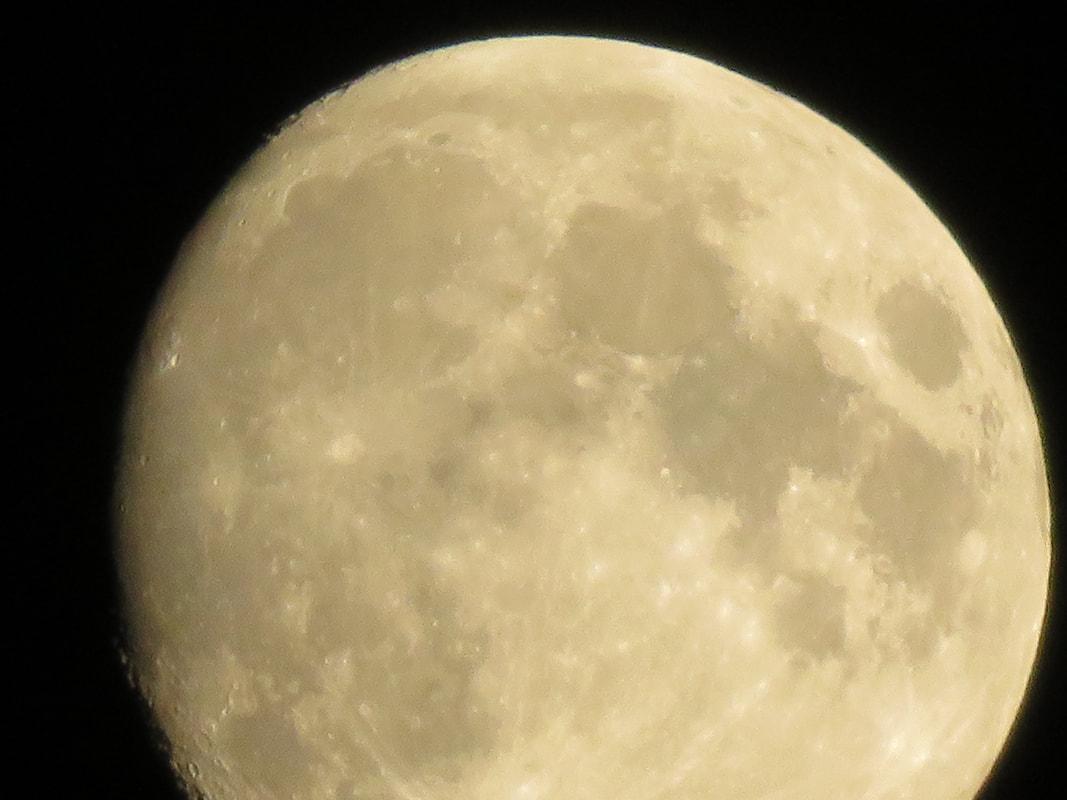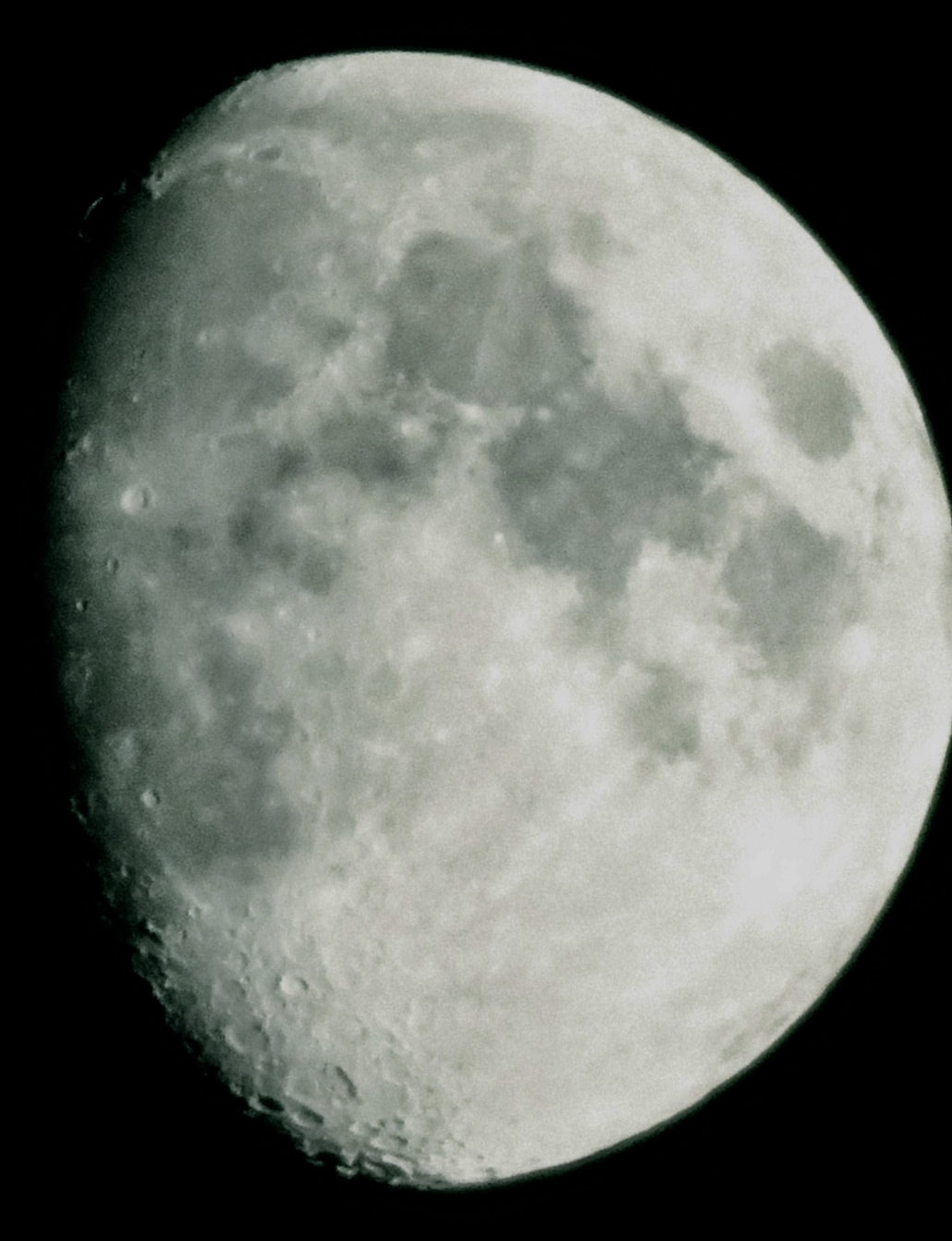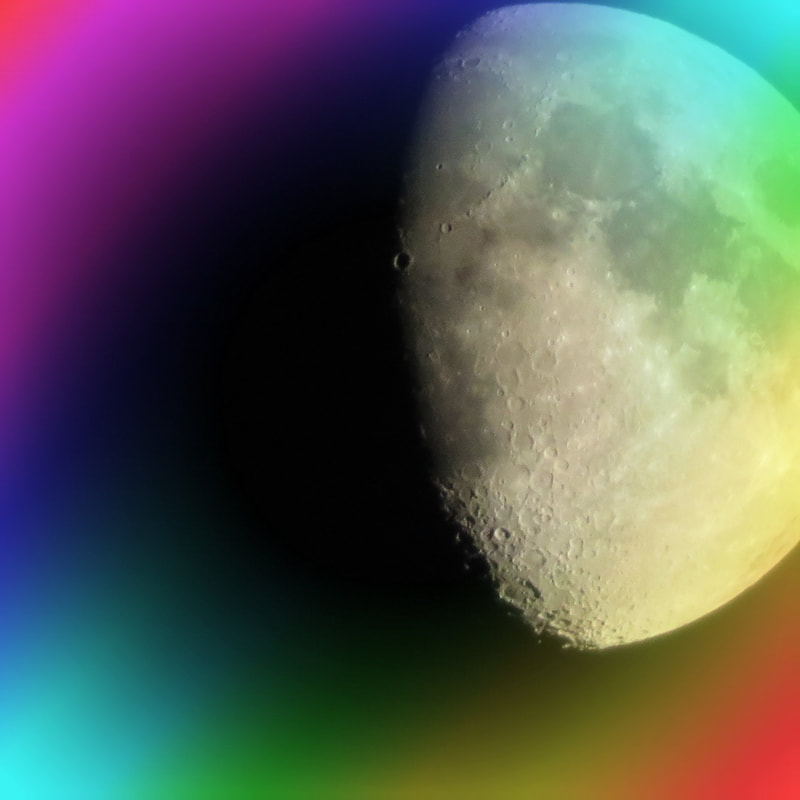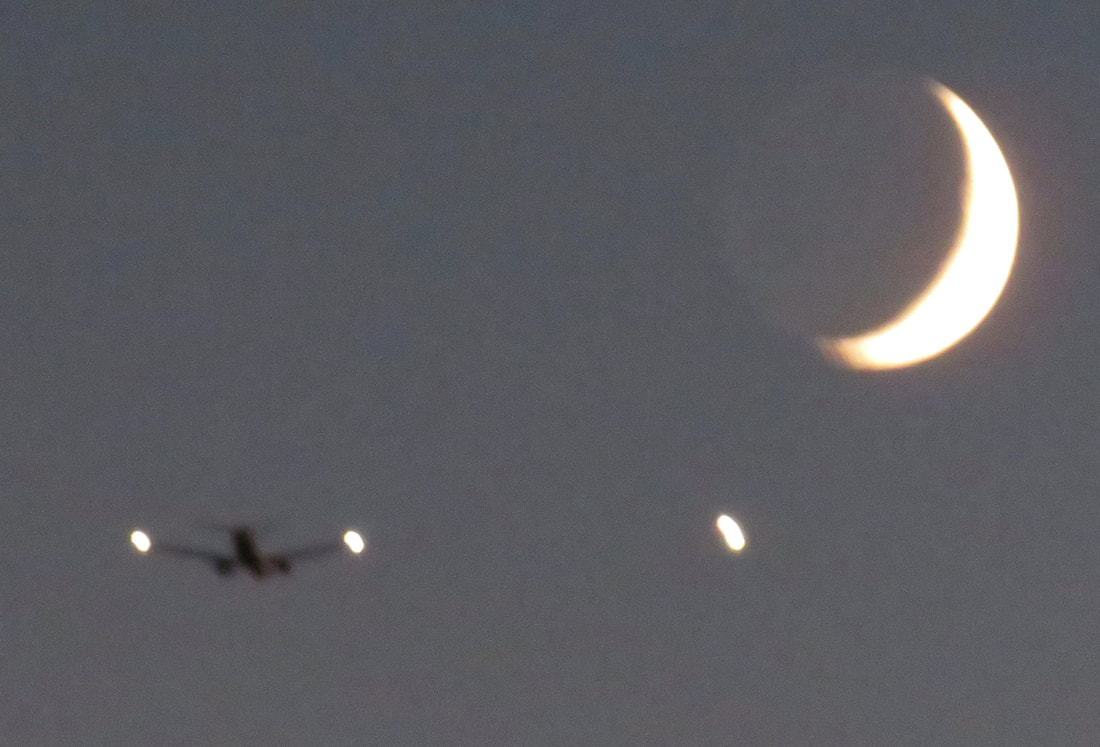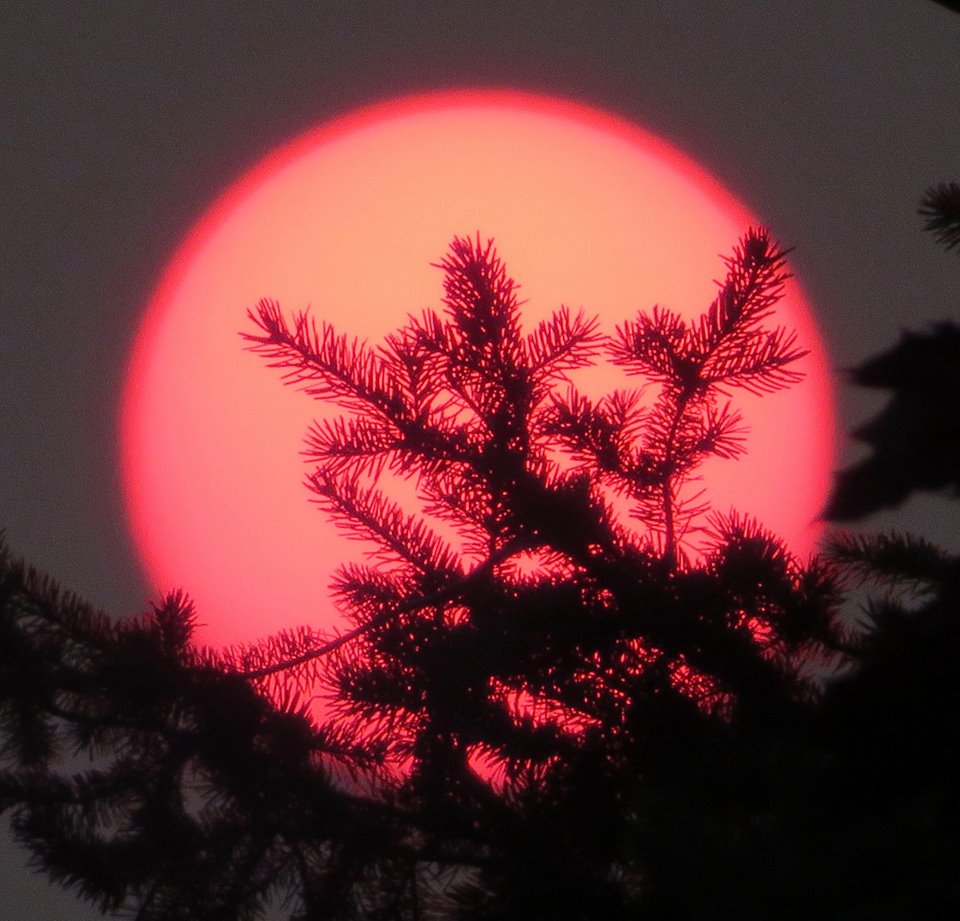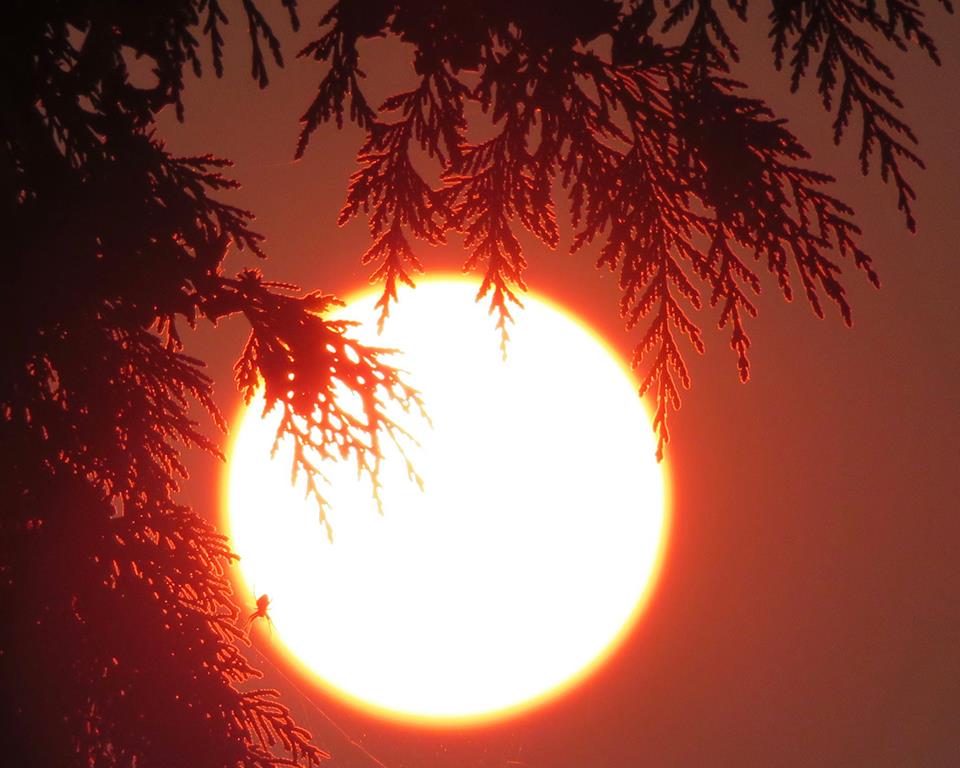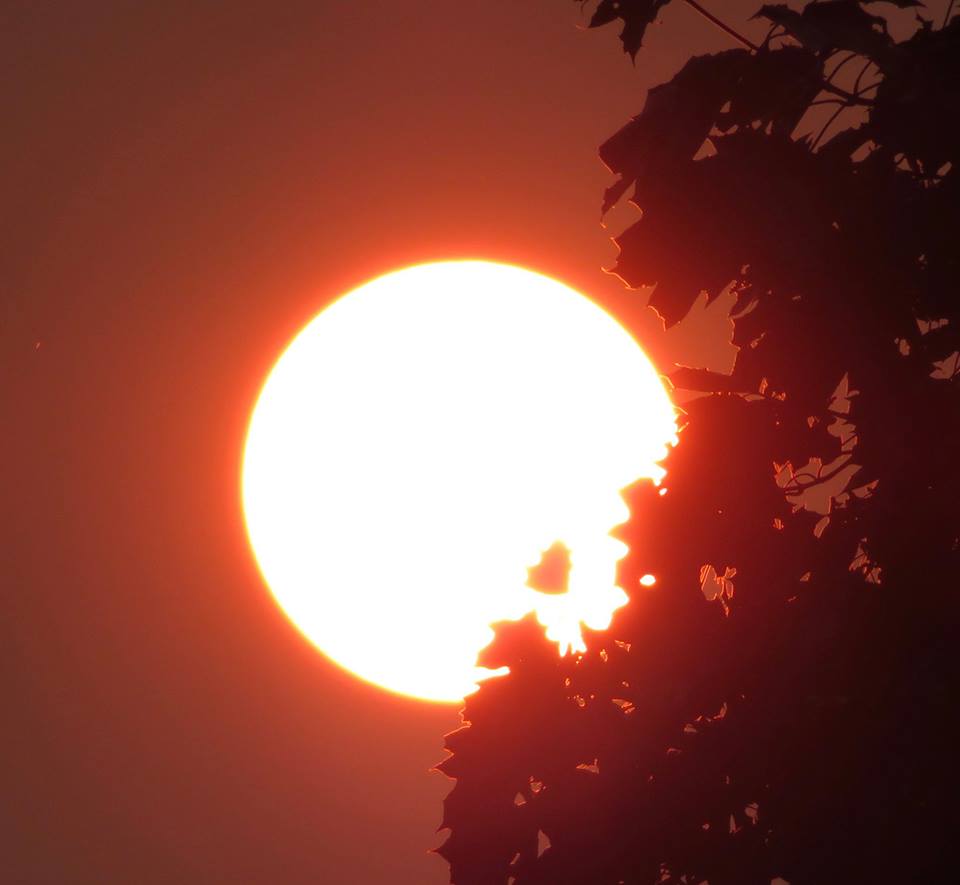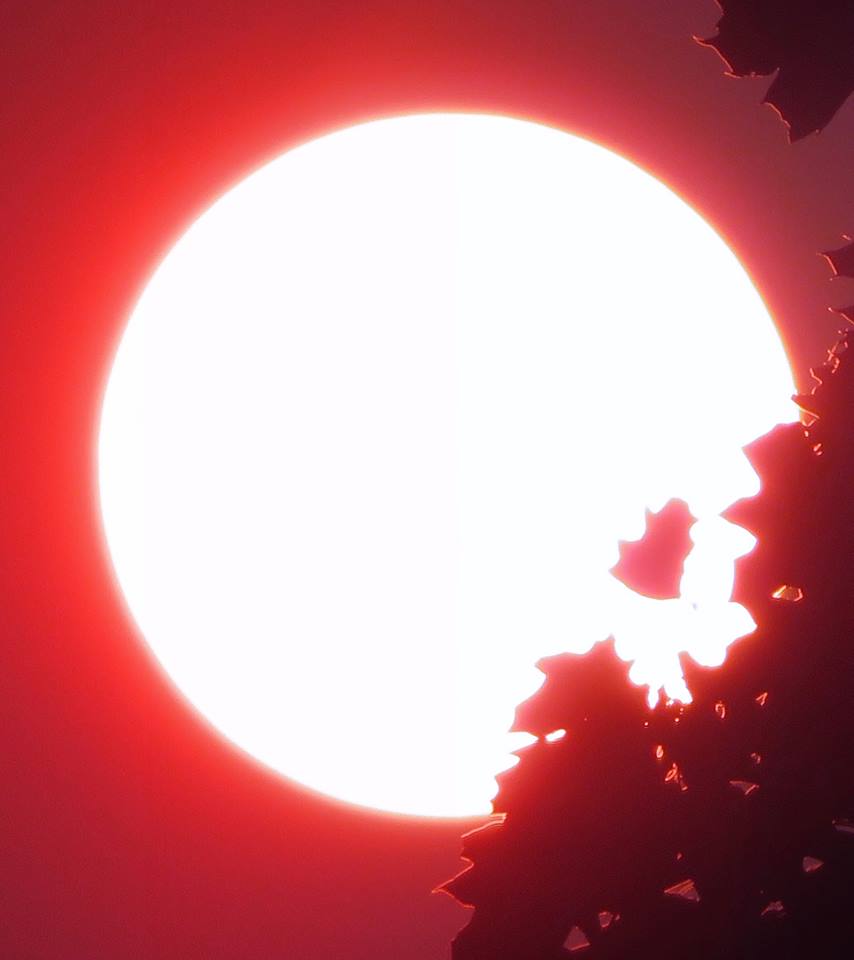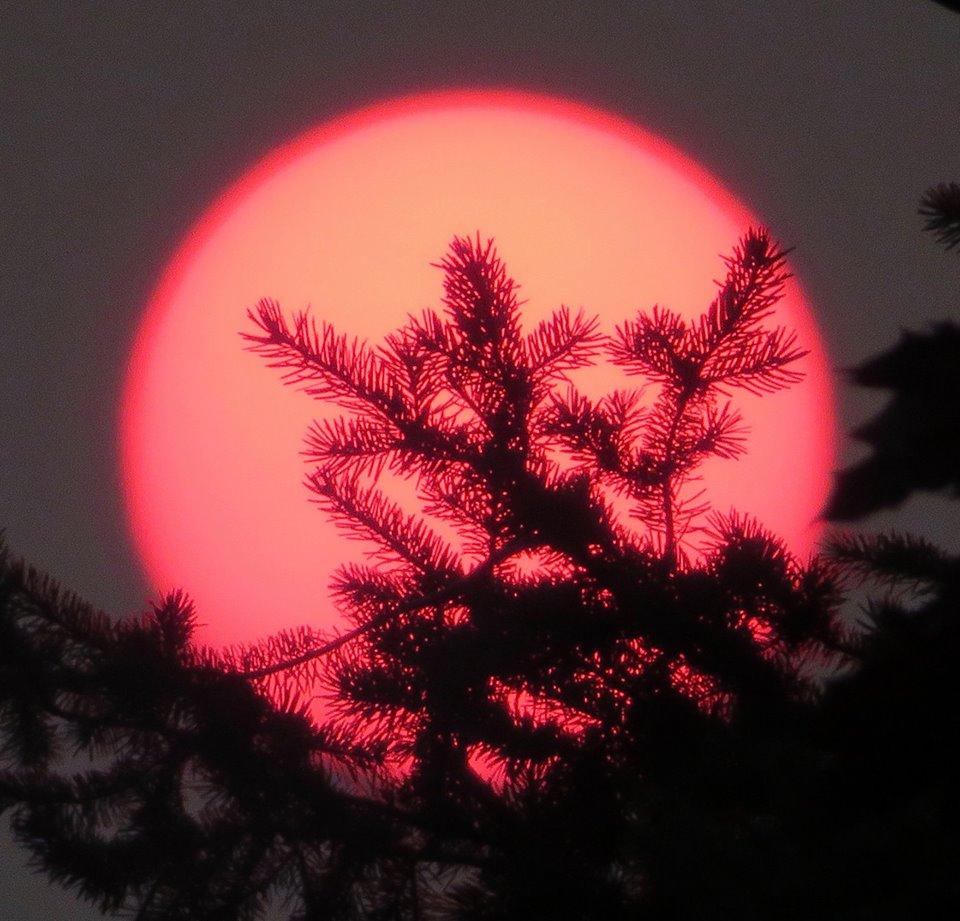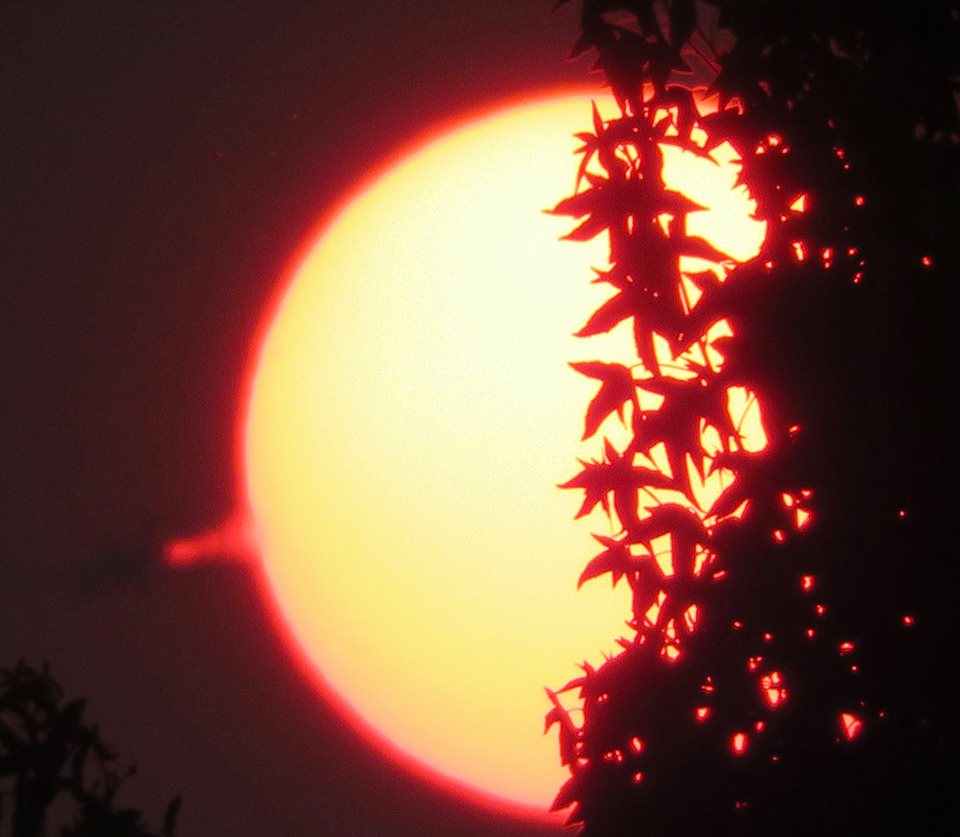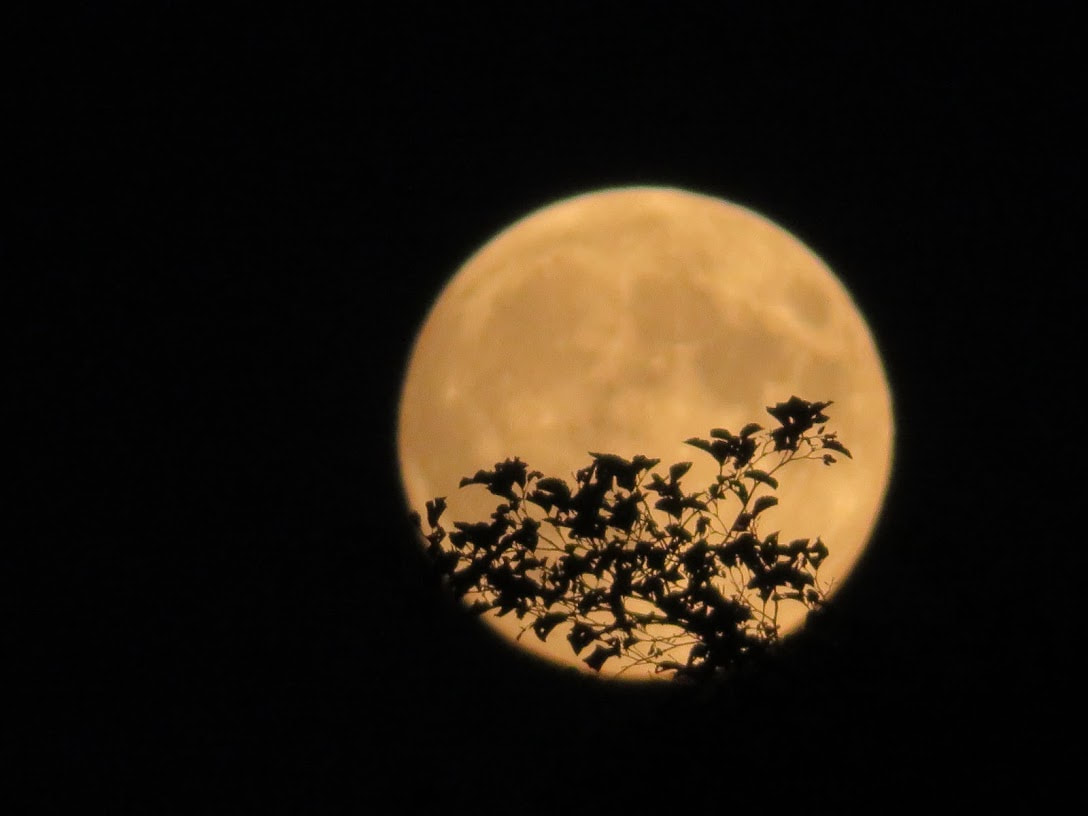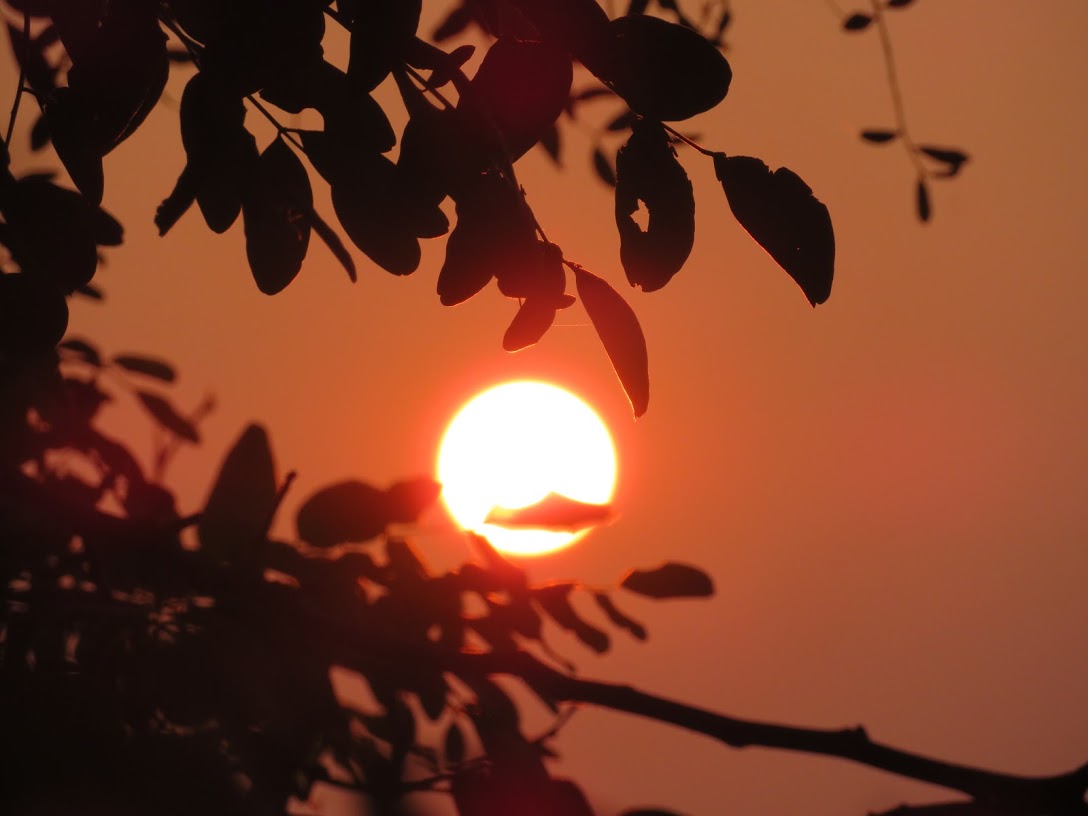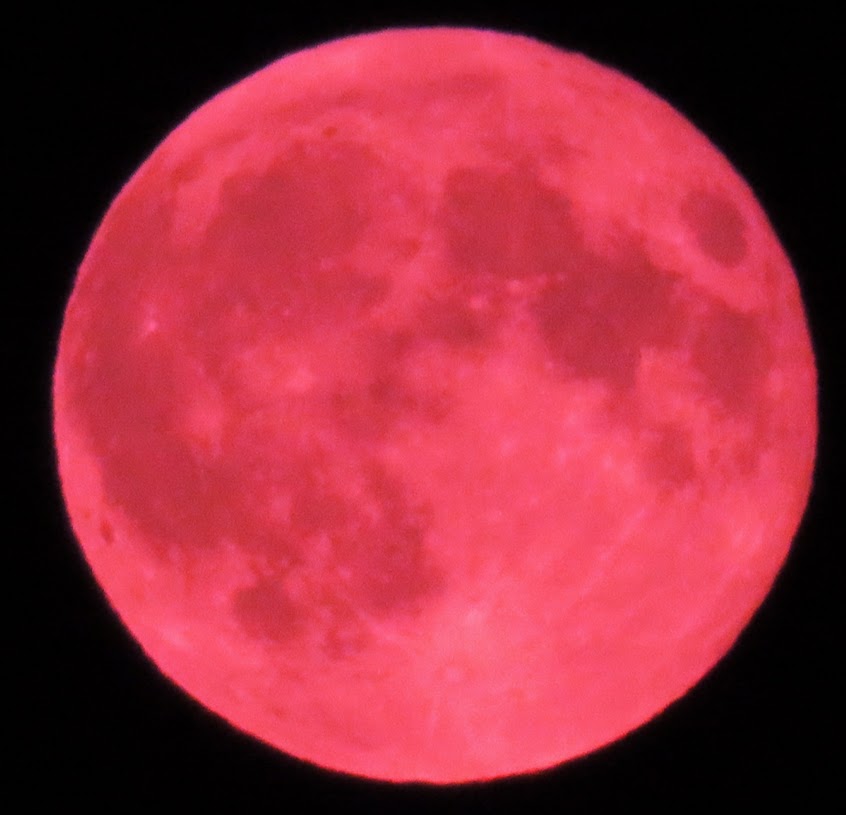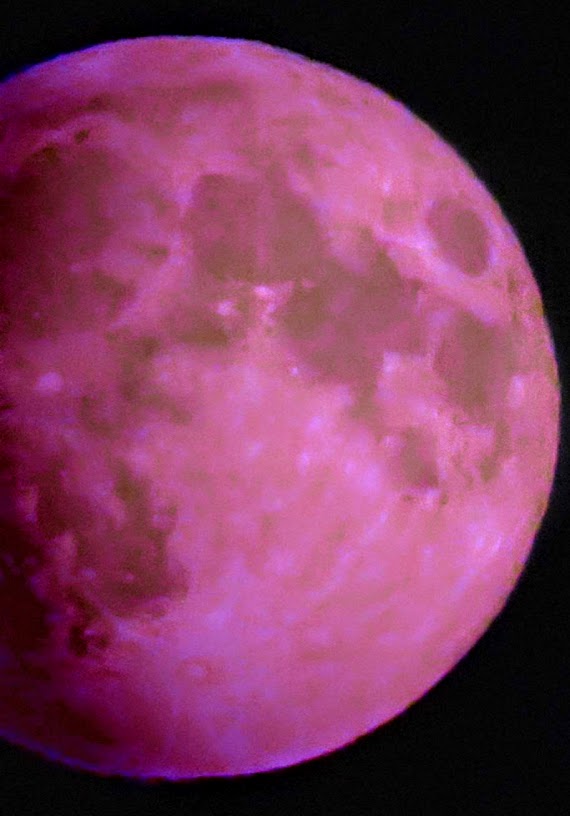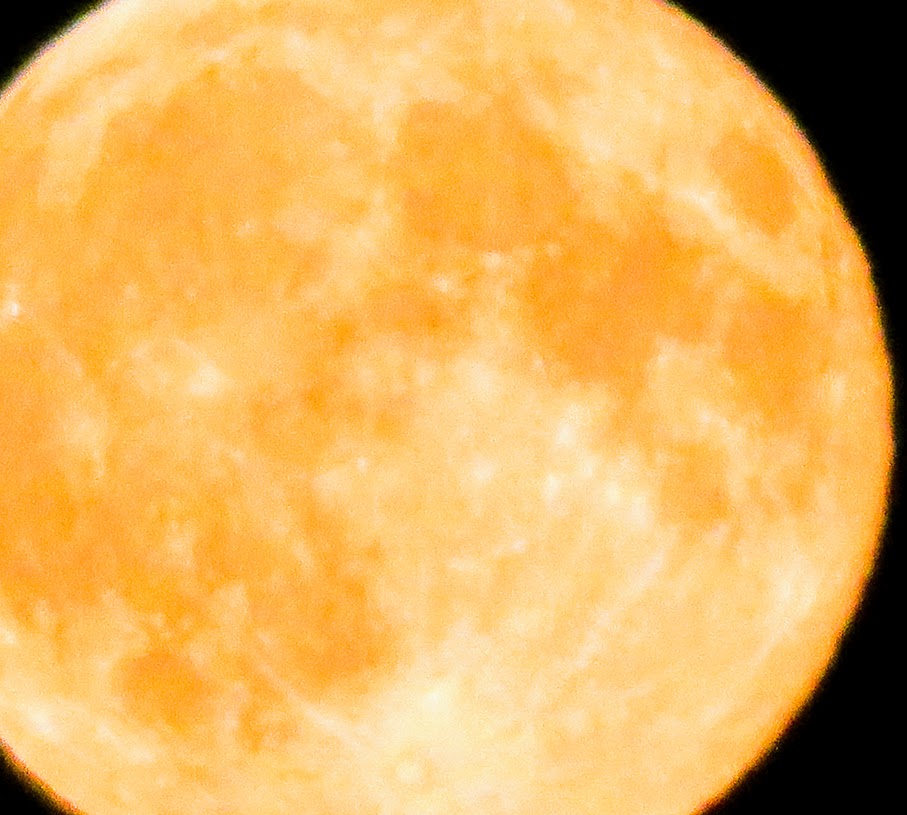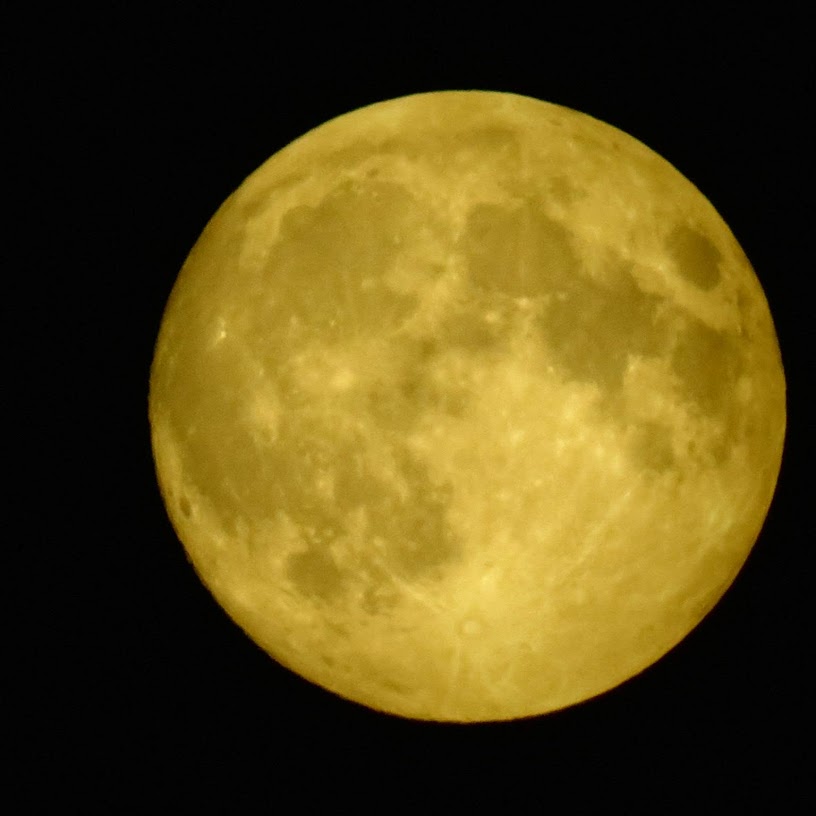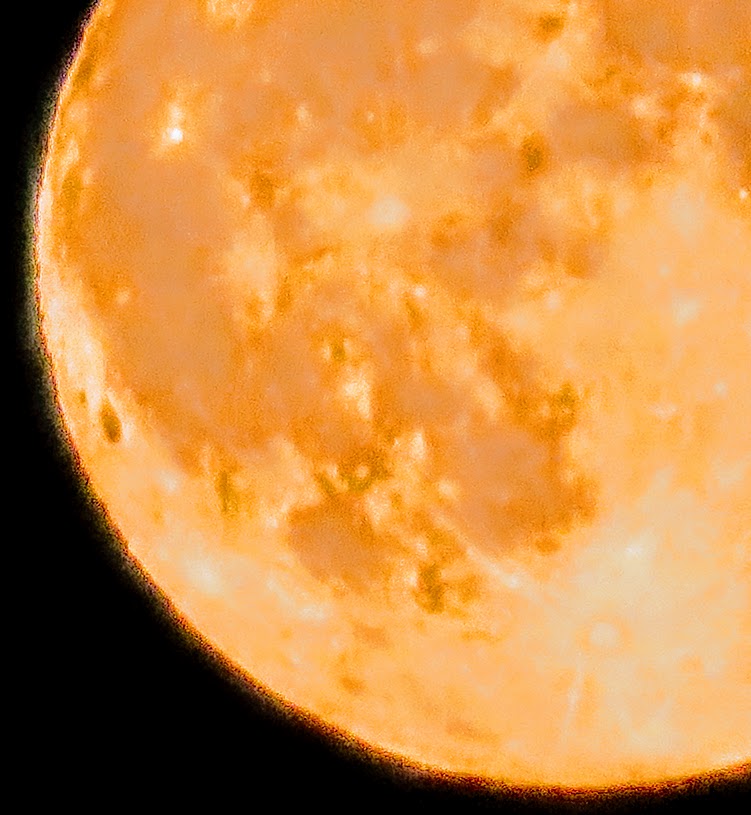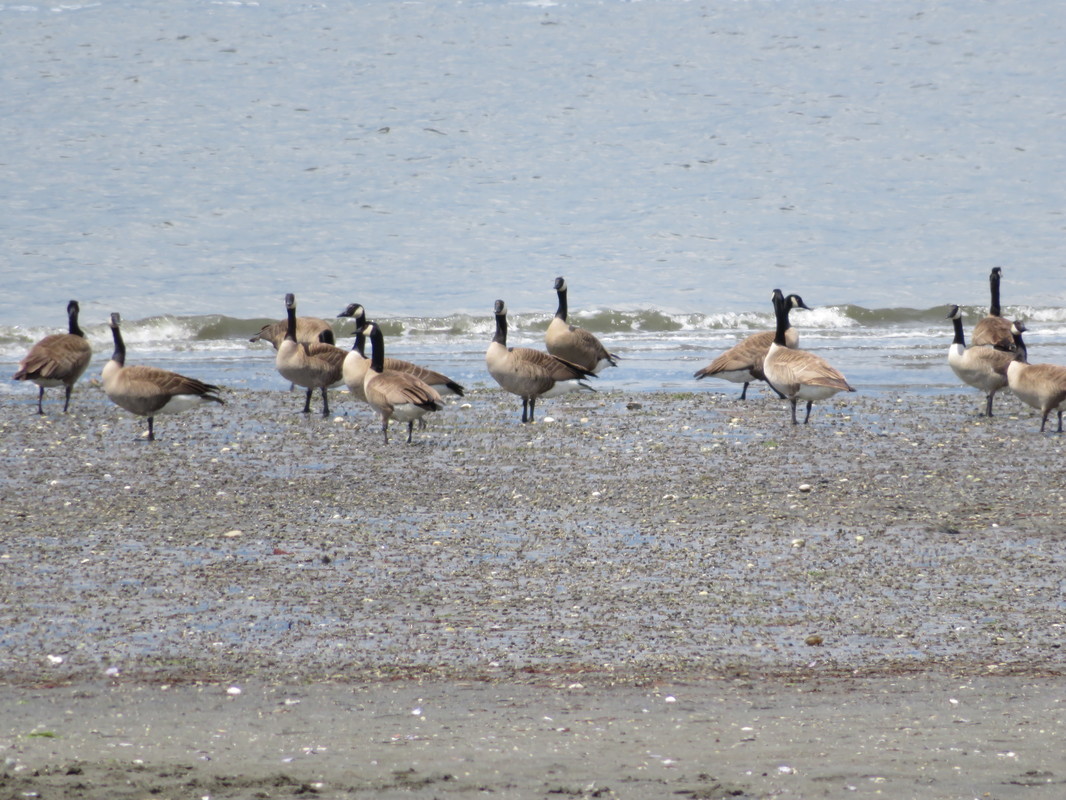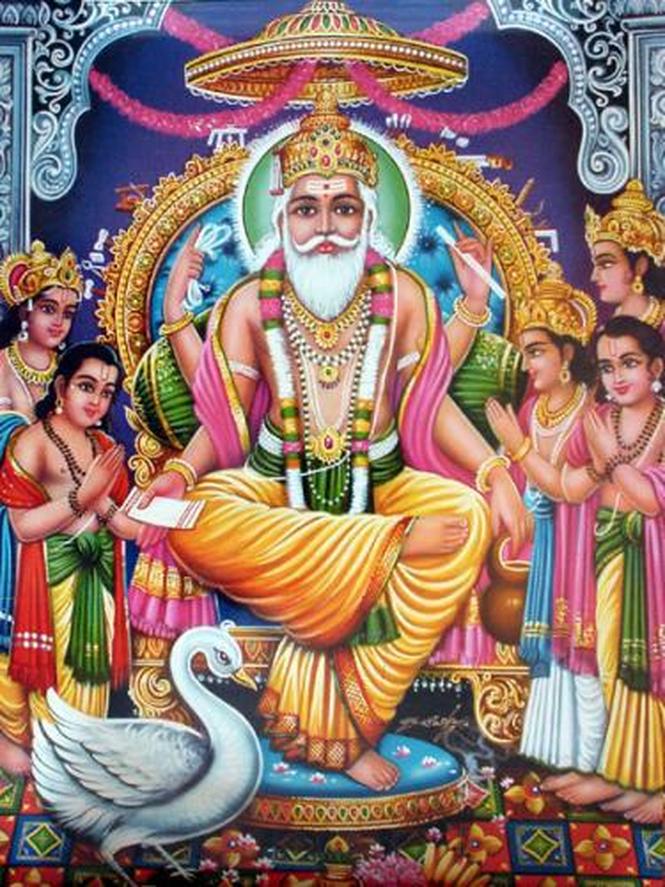
VISHWAKARMA, DIVINE ARCHITECT: ‘Vishva’ means ‘all’ and ‘karman’ means maker or doer; so Vishvakarman means the ‘all-maker’. In Tamil, the literal translation for ‘Visuva-karuman’ is ‘all-accomplishing’ but one stands corrected. Rig Veda describes Vishvakarma as the ‘divine creator of the universe’. He is described to be master craftsmen of the celestial abodes. As the Carpenter of the Gods, he is also the architect of the entire universe. He is also the presiding deity of craftsmen, artisans and builders in all the three lokhas of the Hindu cosmology. Despite being a minor deity, he is also known as 'Devashilpi' meaning 'The Architect of Gods'. As such he is a personification of the creative power of the Supreme Being. In this role he designs the tripartite universe.
He is a symbol of the beauty, aesthetic and philosophical perfection, as well as utility of any material construction, be it architecture, art or craft. Vishwakarman was born to Prabhas, who is the eighth hermit of the legendary Astam Basu. His mother is Yogasiddha is the sister of Brihaspati. In the Brahmanas, Vishvakarma is identified with Prajapati himself as the creator of all things. In the Rig Vedas he is depicted as a Rishi as well as Shilpi.
DEPICTION: Viswakarma appears with five faces marked with tilaka. These faces share the same names with Lord Shiva’s panchamuka: Sadyojaatha, Vaamaka, Aghora, Tathpurusha, and Eesaana. The Rig Veda also describes him as having eyes, mouth, arms and feet on all sides. So he is called Buvana.This could imply a high standing in the pantheon of Gods. He is said to have ten arms holding a book and stylus, sword, adze, citron, cup, water-pot, rosary, cobra and noose.
However popular sculpture and art depictions show a single face, four hands appearing with his master craftsmen. He is portrayed as reddish hue, Red represents passion and activity. Vishwakarma's hands represent sternness, beneficence and creative power. He is covered in gold jewelry to show his success and opulence. His jeweled crown is magnificient. He appears in his wisdom beard. Vibhuti and kumkum are in Shaivite Tripundra sytle. His vahana is the swan which also symbolizes purity and wisdom. Vishvakarman is always depicted as a calm personality to handle any celestial assignments.
CRAFTS: In the Hindu pantheon, he is the father of five great sages, each a master of the crafts. They each were the originators of various crafts. And gave rise to the major artistic lineage in their respective fields. These are the; Blacksmiths-Loha Shilpis, bronzesmiths-Kamsya Shilpis, Carpenters-Daru Shilpis, Masons or sculptors-Rathi Shilpis and goldsmiths - Swarna Shilpis are all considered to be the descendants of this deity.
MYTHICAL CREATIONS: Celestial constructions are by themselves mythical. He is said to have designed celestial palaces of the Gods. Notable ones are the palaces of Yama, Indra, Varuna’s underwater dwelling and the city of Dwaraka which is now submerged by the ocean. He is also said to have built Hastinapur for the Kauravas and Indraprashta for the Pandavas. There are also other legendary cities stated in the Puranas attributed to Visva. He is said to be the designer of jewelrey of Gods and Goddesses. The flying chariots in trilokhas and divine weapons bear his name. He is also credited as the inventor of missiles used during the mythological era. Indra's Vajra, made from the bones of sage Dadhichi is one such weapon.
YAJUR VEDA: Vishvakarma is identified with the Lord of Creation, Prajapati and represented as the Universal Father. Thus he is portrayed as the universal Father and Generator, having eyes, faces, arms, and feet on every side. The Yajurveda describes Viswakarma as a Vira Purusha creating five Brahmas from each faces namely Sanaga Brahma Rishi, Sanaathana Brahma Rishi, Abhuvanasa Brahma Rishi, Prathnasa Brahma Rishi and Suparnasa Brahma Rishi.
RIGVEDA: Mandala 10 of the Rig Veda venerates Vishwakarma as one beyond the Seven Rishis. He is described as the god with multi-dimensional vision and one who predicts the direction of creation. ‘Whence Vishvakarma, seeing all, producing the earth, with mighty power disclosed the heavens. He who hath eyes on all sides round about him, a mouth on all sides, arms and feet on all sides, He, the Sole God, producing earth and heaven, weldeth them, with his arms as wings, together’. Indeed Rig Veda 10.81.3 gives credit to Vishvakarman as the creator of the whole universe and the architect of all the god’s palaces.
STHAPATYA VEDA: This is a upaveda meaning subordinate to the four main Vedas. It contains the science of mechanics and architecture. It also includes various treatises on the sixty-four traditionally recognized mechanical arts, architecture and sculpture. This upaveda is generally attributed to Vishvakarman.
MARKANDEYA PURANA: This Purana tells the story of Vishvakarma’s daughter Saranya. She was married to Surya, the Sun God. She was unable to endure the heat and brilliance of the sun’s rays. So she requested her father to reduce their intensity. Vishvakarma then cuts or chips away an eighth part of the sun’s brilliance. The fragments of the rays that fell to earth were used to build the discus of Vishnu and Shiva’s Trishul. One part becomes Lord Skanda’s Vel. They were also used to construct other divine weapons for devas.
RAMAYANA: Rama prays to Lord Shiva for success to cross the seas to reach Lanka. A bridge had to be constructed for Rama to cross from the continent to reach Lanka. Lord Siva advises that Vishvakarma has a blessing that whatever he throws in the sea floats. Thus Vishvakarma generates the ape Nala for this purpose. At Nala’s command rocks were brought and the bridge constructed.
In a previous Puranic story, Vishvakarma was charged to construct a palace in Lanka for Siva-Parvathi as newly-weds. It was a magnificent palace befitting the celestial couple. Lord Shiva invited Ravana for the grihapravesha. The then Ravana was a Shiva devotee. One would remember Ravana for his beautiful Shiva Thandava Stotram. His devotion was unconditional. As recompense, Shiva offered anything that Ravana desired. Ravana, overwhelmed by the beauty of the palace and Vishvakarma’s architecture, Ravana requested just that. Lord Shiva had no qualms about that. Thus the golden palace became Lanka’s capital and Ravana’s palace.
MAHABARATHA: The Mahabaratha describes him as the ‘Lord of the Arts, Executor of a thousand Handicrafts, the Carpenter of the Gods, the most eminent of Artisans, the Fashioner of all Ornaments and a great immortal God. Lord Krishna’s Dwarka was build by Vishvakarma. The Pandavas were given a piece of land called 'Khaandavprastha' by King Dhristrastra. Yudhishtir obeyed his uncle's order and went to live in Khaandavprastha with the Pandava brothers. Later, Lord Krishna invited Viswakarma to build a capital for the Pandavas right on this plot of land, which he called 'Indraprastha'.
The palace was Visvakarma’s an architectural wonder. Its floors looked like a reflection of water and the pools gave an illusion of a flat surface with no water. During the grihapravesa, the Pandavas invited the Kauravas. An unsuspecting Duryodhana, fell into one of the ponds. Draupadi laughed at this. The insult and anger was kept hidden in Duryodhana’s heart to be ventilated another day. It indeed became a major cause of the Mahabaratha war.
The Jagannath Temple at Puri is a sacred Hindu temple. The huge Krishna, Subhadra and Balarama sculptures are said to Vishvakarma’s work.
WORSHIP: Visvakarma is remembered on the 17th day of September each year. This day has two significance: it is considered to be his birthday and also the day he invented the plough. He is also commemorated on Rishi Panchami when the five groups of craftsmen spend the day in prayer in honour of Visvakarma. On this day their respective tools are also venerated.
Crafts and architecture connected to religion, spiritualism, deities of gods and goddesses were and are worthy of attention and acclaim. They are dedicated to the divine. Indian artists, craftsman and generally Indians, accept Vishvakarma as the preceptor of the various arts who endowed humans with the knowledge required for their work, and work to honor god through their labor. To this Divine Engineer, we pay our reverence. Hari Om
Yogi Ananda Saraswathi

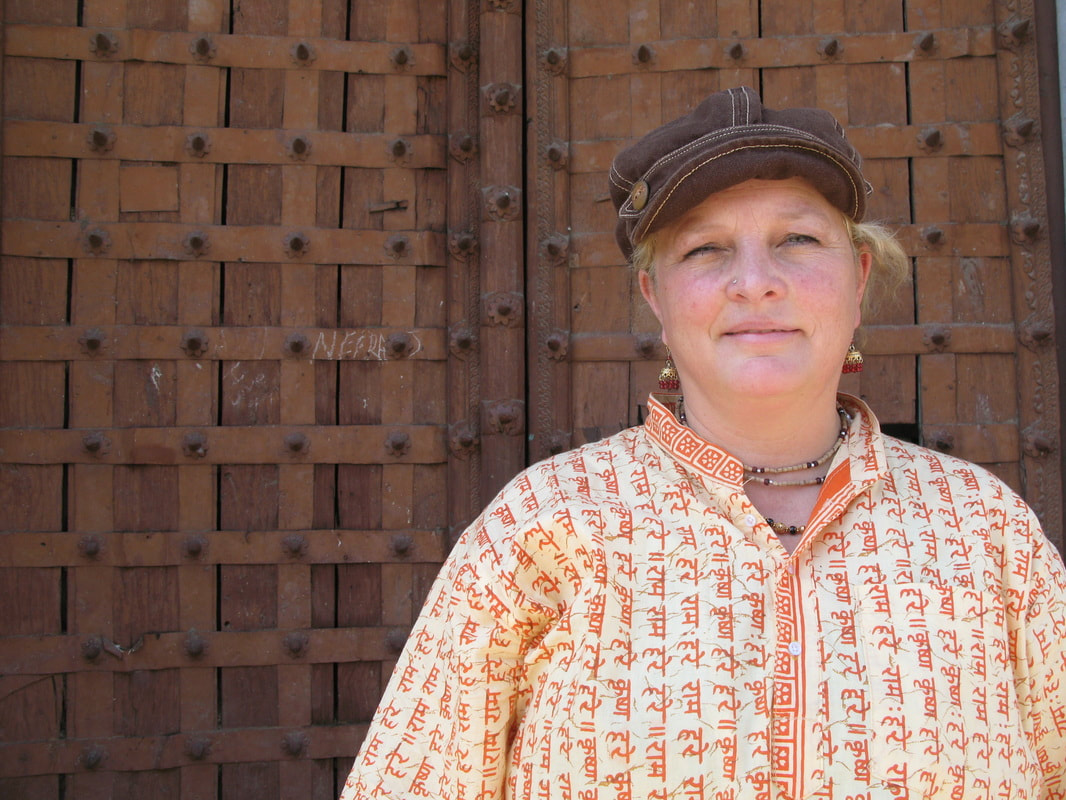
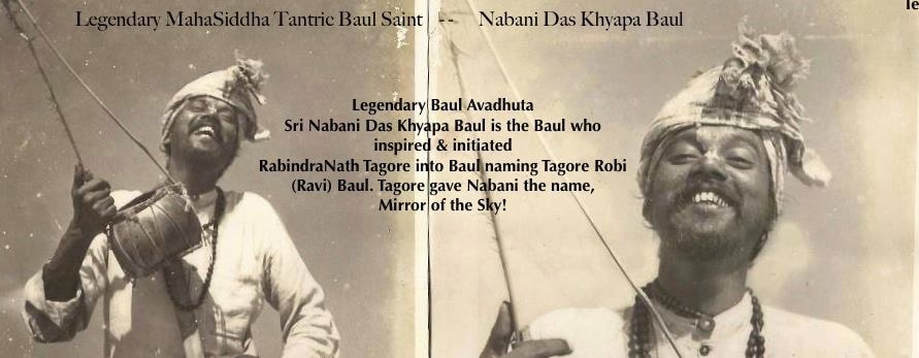
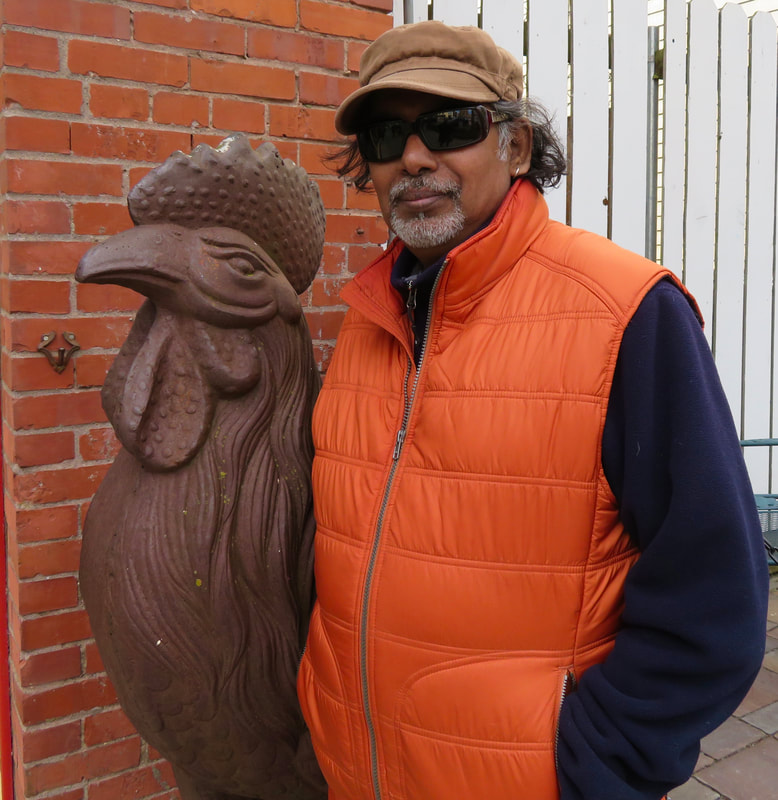
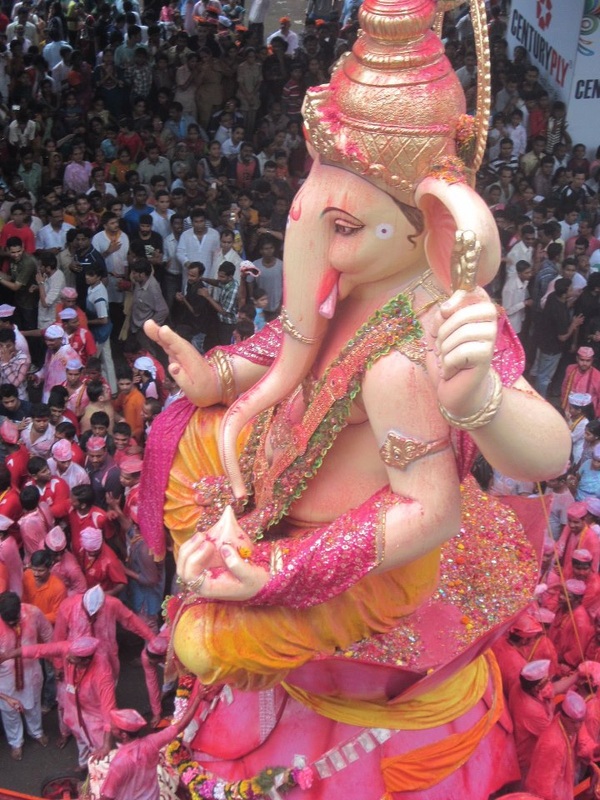
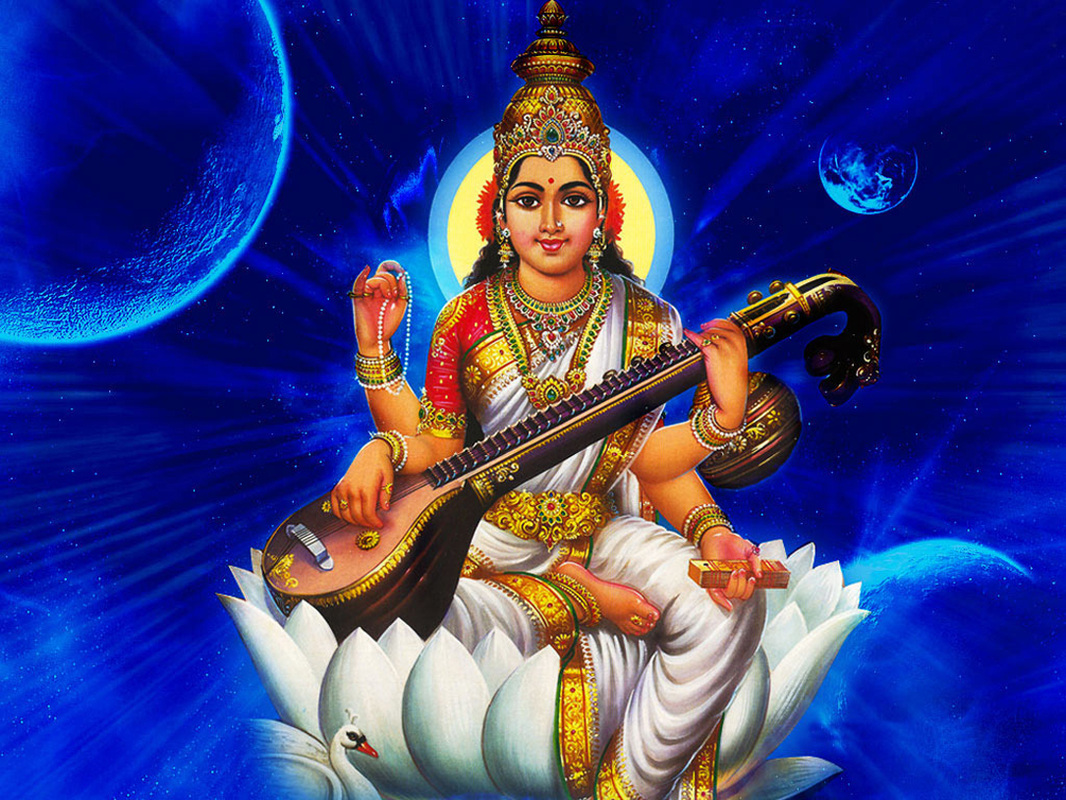
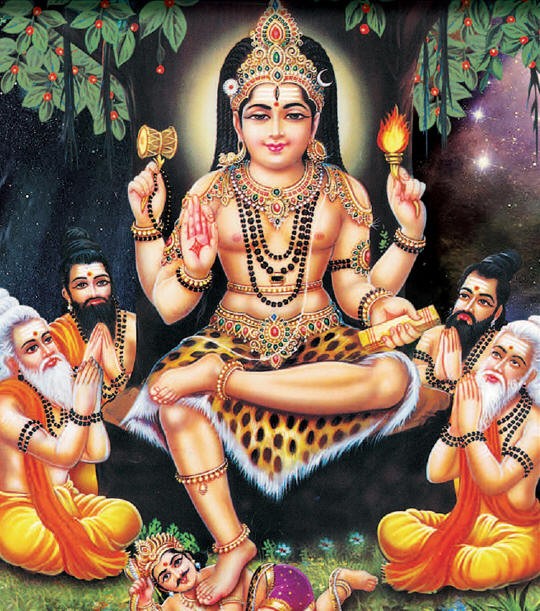
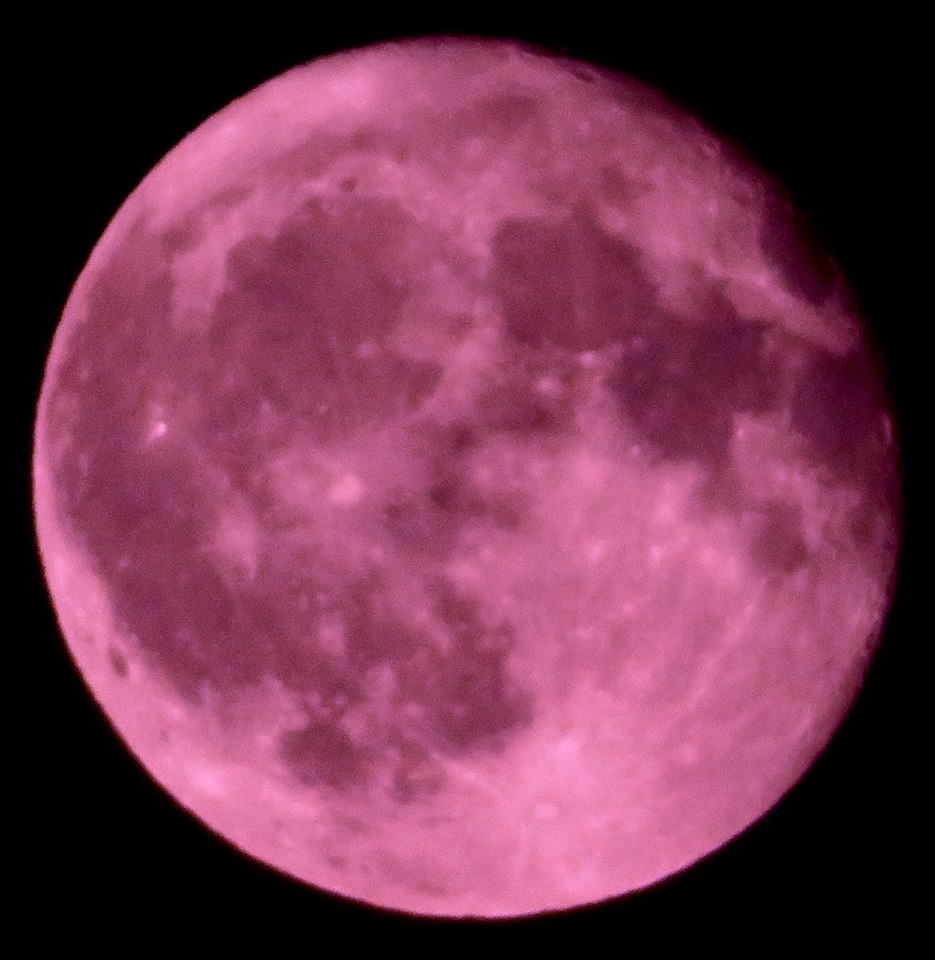
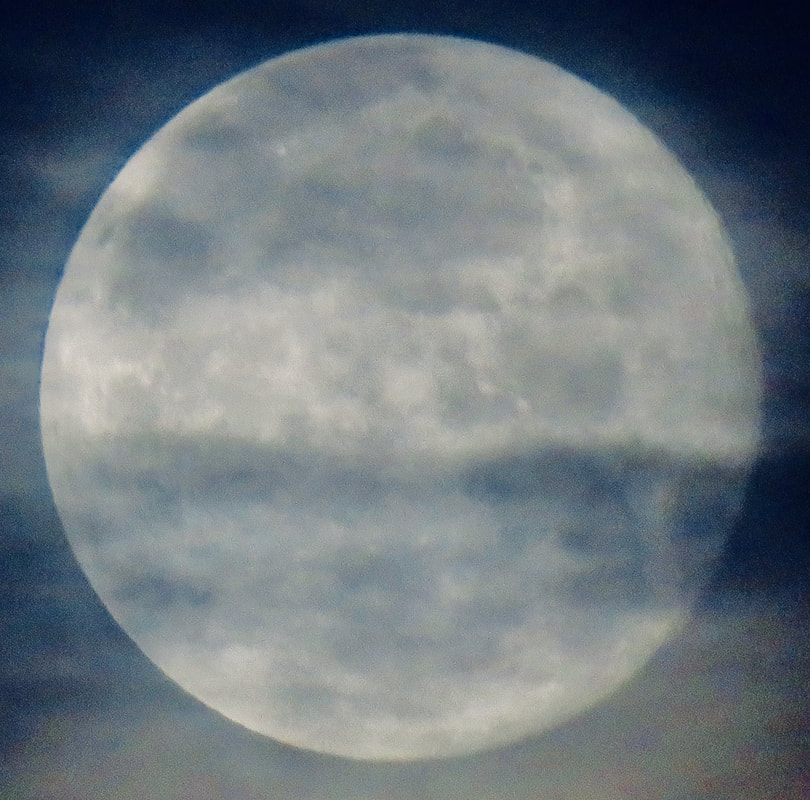

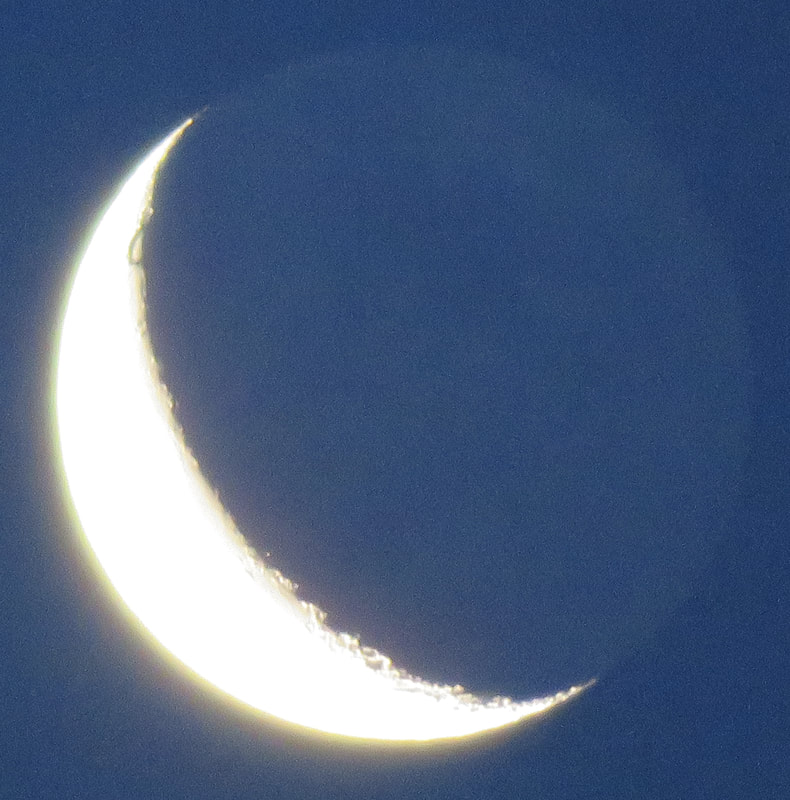
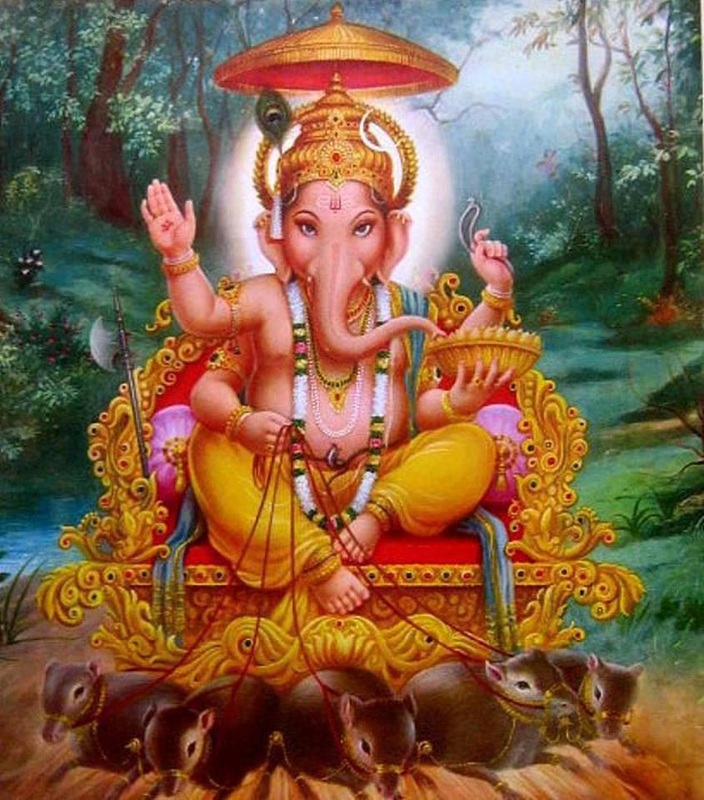
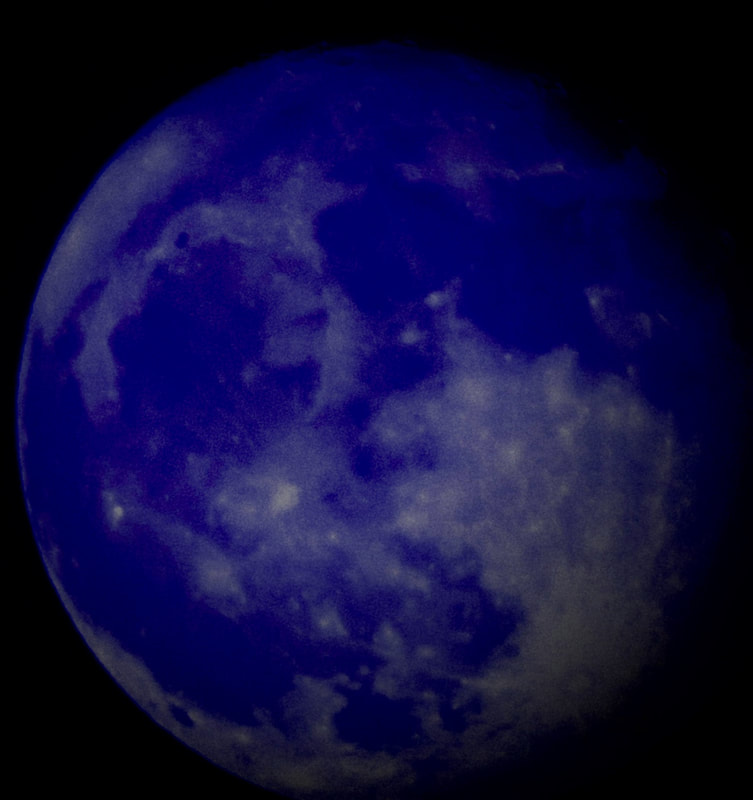
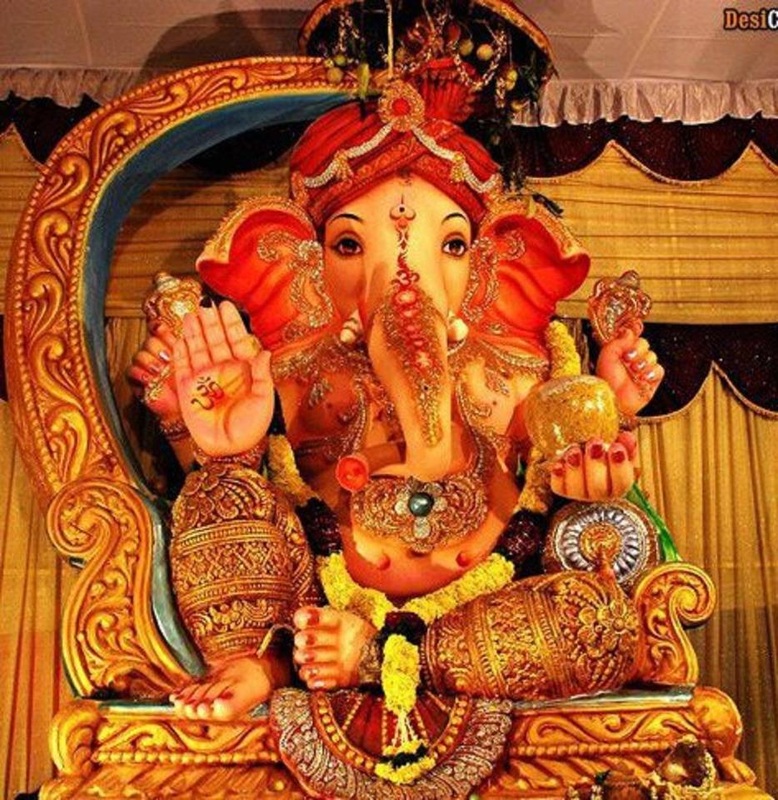
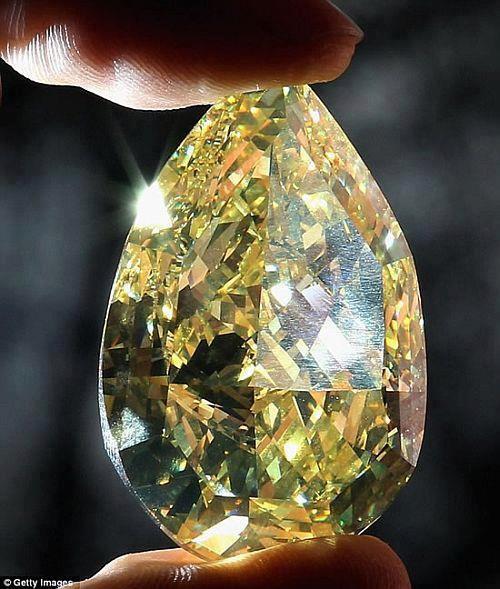
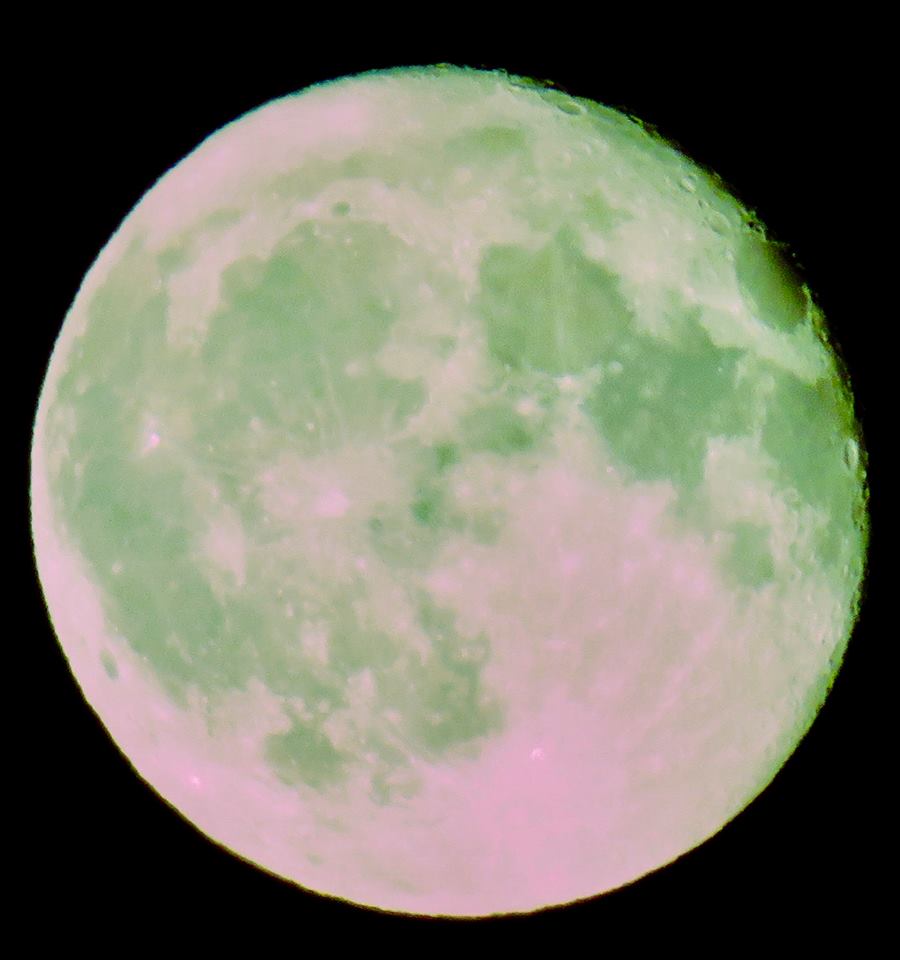
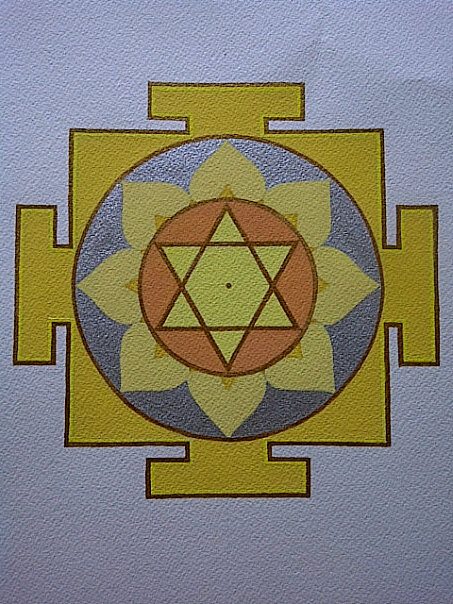
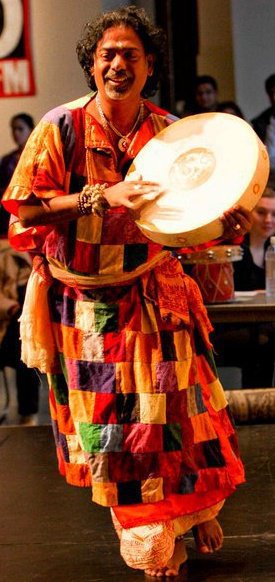
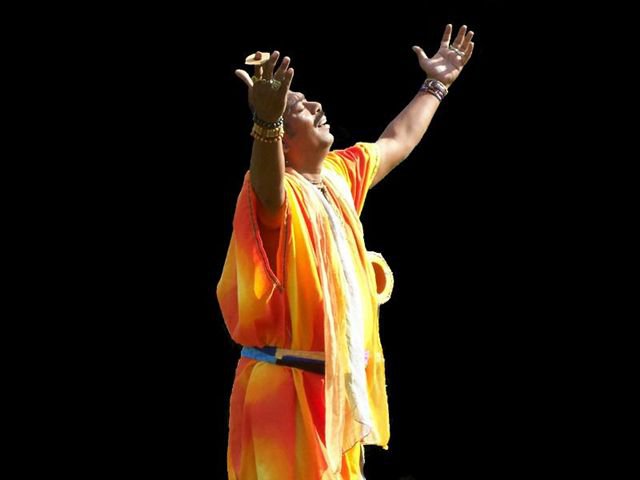
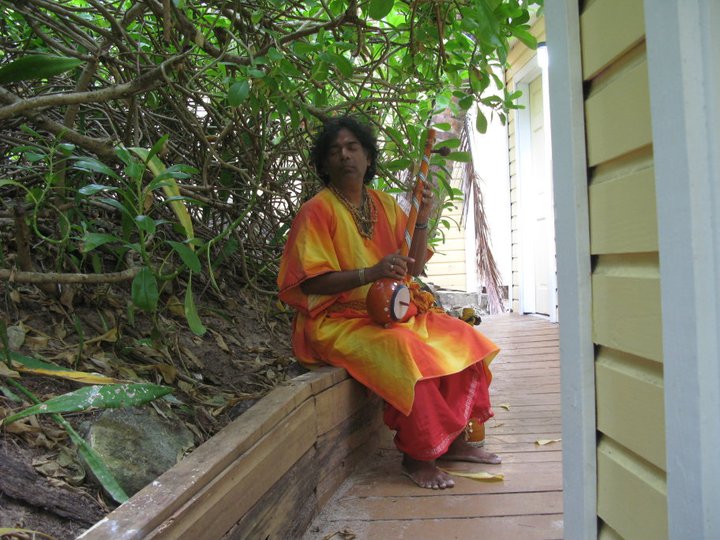
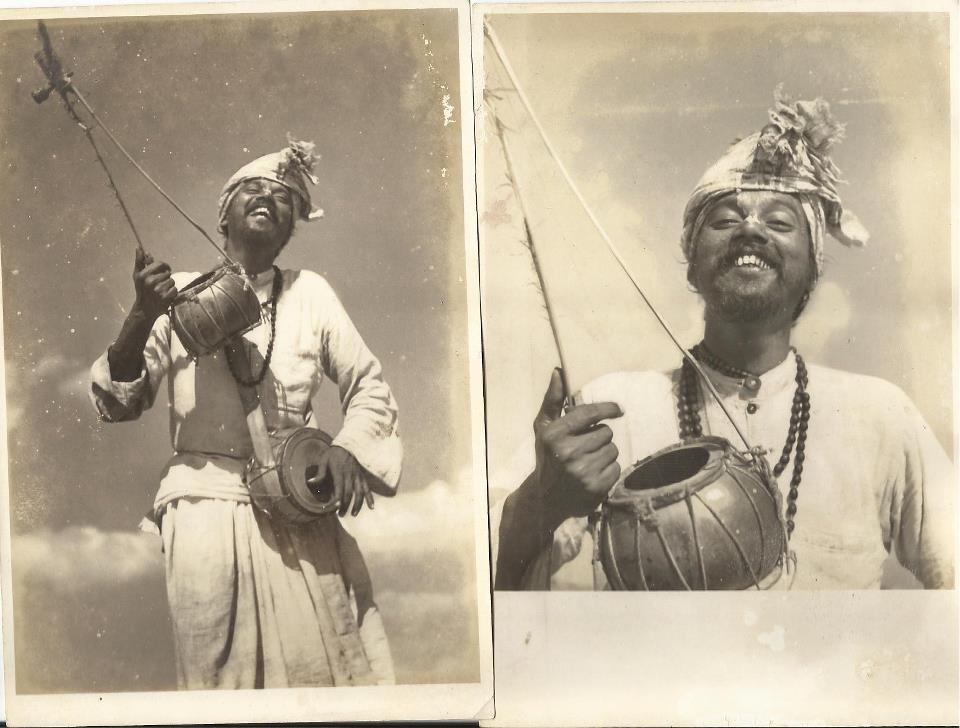
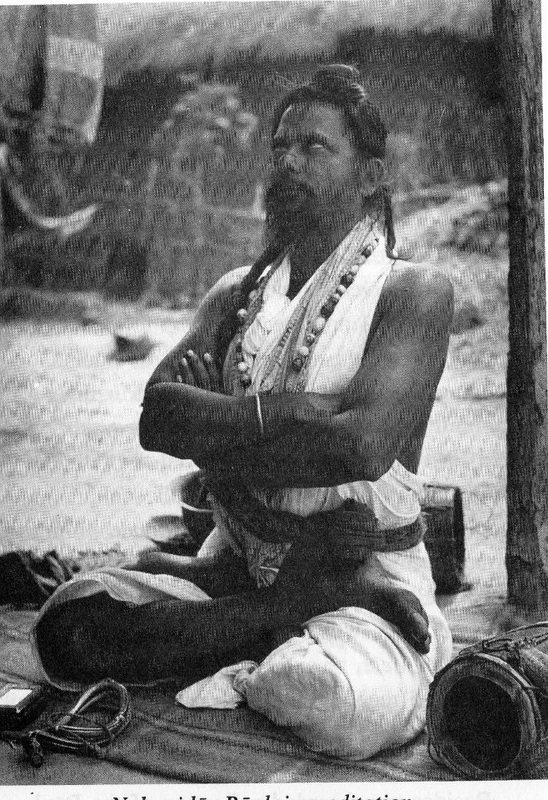
 RSS Feed
RSS Feed
